|
We were taken by another entrepreneurial couple to San Sebastián (Donostia in the national language) situated on the Bay of Biscay in Basque or Euskadi Country, about twenty miles from the French border. Irene has travelled around the globe on her own and with nothing more than a backpack and a smile. This spunky lady deserves her Basque heritage! Irene met her husband Zach at scuba diving instructor's school in Mexico. An American from Michigan, he married Irene and moved to her beloved Basque city of Bilbao. Together, they introduce tourists to this unique and ancient culture. Zach is holding the Basque flag, which displays the seven provinces of its heritage- two in France, and five in Spain, nestled between the northern coast of Spain, Pyrenees Mountains and the Santiago de Compostela, the pilgrim’s road. The land has ancient forests, Paleolithic painted caves and Neolithic dolmens (think Stonehenge with a capstone). The Basque are ancient, too— the oldest people group in Europe. Sadly, they have no country to call their own, although they have tried to unify and make it happen. In the 1600's, many Basque, having formerly pagan/magical roots, were converted to Christianity by Léon the Bishop of Rouen. During the Spanish Inquisition, some still clinging to the old religion and practicing witchcraft and were convicted and put to death. Today, paganism is occasionally mixed with Catholicism. The Basque, unlike the Spanish, are a matriarchal society, and have a unique language having no common roots at the base of the language tree. Hearing and reading the language, I would say it seems like a cross between Turkish and Greek, but it is truly unlike any other. They are as ‘old as the hills they live on’, and excelled in guérilla warfare and mountain ambush for survival. These resourceful people built the Spanish Armada, were great sailors, whalers and conquistadors-and had a few pirates staining their history. As the saying goes, their culture reaches so far back that "When God created the first man, he got the bones from a Basque graveyard." These folks have no history of living anywhere else on earth except in this 'cradle of human culture' sequestered in the Pyrenees Mountains, and have the highest proportion of O negative blood along with other ancient cultures (think Celts and pre-Indo Europeans.) Now you know why I'm so fascinated with the Basque! Today, they run most of Spain's banks and insurance companies. Above you see the old walls below street level in San Sebastián. . . an example of the Neolithic structures to be found in this ancient culture. After the Second Punic War, the Romans called these distinct people the 'Aquitani' (ring any royal bells?) Now that's ancient! On this date, August 31st, 1855, captured first by Napoleon and the French, the British and Portuguese pillaged and burned this gorgeous coastal town during the Peninsular War. San Sebastián was known as one of the most important ports on the Bay of Biscay. It took decades to rebuild it, but the Queen of Spain, Isabel II, discovered it to be the perfect place for an elegant seaside resort, with stunning beaches and coasts, along with temperate weather all year round. Here is a photo of her palace from afar: Now it is known for its sandy beaches, film festivals and gourmet food- mainly fish and seafood, due of course, to its location. Tapas or Pintxos (Pinchos) bars are a common find along the streets. San Sebastián boasts more Michelin-starred restaurants than anywhere outside France. During the early 20th century, the dictator Franco, with an attempt to unify the country under socialism and control the Basque people, forbid them to speak their native language, using only Spanish. He even went as far as to prevent them from giving their children Basque names. When Franco was ousted, they rebelled and demanded their own country, which was denied. Below are bibs hand-embroidered with traditional names they now have the freedom to use. Even so, they are a strong and unified people, and through the years, have continued their traditions and language. Being near the Atlantic Ocean, they have the treasures of the sea at their disposal. The usual seafood like shrimp and clams are enjoyed, but the true delicacies are octopus and barnacles. Unfortunately, we did not have the opportunity to try either one! The indoor market unparalleled—it's the largest in all of the continent of Europe! Here are a few stalls we passed. Below are barnacles. . . Above is salted cod . . .a staple in their diet. Below, a myriad of fish and squid: While I was here, I had to buy a traditional txapela (chapela) . . .basically a beret worn in a Basque manner. Here I am with our guide, Zach, who, although married to a Basque woman, never owned one until this day! The city is beautiful, the coast scenic, and the Playa de la Concha a most stunning beach! Victor Hugo wrote: “Everyone who has visited the Basque Country longs to return; it's a blessed land.” It certainly had me hooked. I might renege on my vow (to never visit a place twice if I can help it) and someday return to explore its fascinating history and land! One more shot of Getania, the seaside town nearby: we had a fabulous lunch here on a steaming hot day. You can see Irene in the lower right of the photo: Gero arte, Euskal Herria! See you later, Basque Country!
0 Comments
The Sea Cloud II docked in Bilbao, and soon we were saying our farewells. All the staff were kind and attentive, but I connected particularly with Jess Fox, a Brit with energy and enthusiasm. Although she was a volunteer on our ship (and did her fair share of work and supervision particularly with the sails and rigging), her heart was obviously with special needs children back in the U.K. Her sailboat, The Lord Nelson, serves and is adapted for children who have physical disabilities. Her eyes brightened as she shared a time when a quadriplegic boy made his way up the rat lines to the crows nest, with only slight aid from her. The joy on his (and her) face was priceless, she says. Jess also remembered a blind girl who maneuvered her way to the top with no fear and barely little help! I can sense this story needs to be shared in an article. Arriving at our hotel in the city center, we settled in, then found directions to the popular Guggenheim Museum on the waterfront. Although I am not a fan of Modern Art, I could appreciate the creative use of lines and surfaces in the sculptures as well as the building itself. Because of this museum, the entire area around it has been revived and renovated into a lovely downtown neighborhood. The dog sculpture in front of the museum was my favorite. Flowers are planted on a regular basis as they wilt and die. The simple sculpture of tulips was brilliantly colored. . . And the stack of balls curious. . . These large instillations exhibits are not anchored to floor, but artfully balanced! This sculpture, called, 'Maman' or Mother in French, was fascinating. I saw it first online when I researched the Guggenheim. Although I am afraid of spiders, this one seemed less intimidating. And I discovered the reasoning behind the name: it was carrying eggs! Next, after a lovely meal in a street Café, we took a tour of old Bilbao. Called 'Casco Viejo' in the Basque language, it, like the Alfama district in Lisboa, and the old portions of other towns we've visited in Spain and Portugal, was a maze of winding, narrow cobblestone streets lined with tapas or pinxas (pronounced peen-chas) bars and various shops. We visited a church built in Gothic and neo-Gothic style. . . The main library, which used to be a British home in the 1800’s, when the Portuguese and British occupied Bilbao. The remains of the wall surrounding the city. . . The riverfront where fishermen brought their catch to market. . . And a photo of the square where five streets met . . . Then, it was back in to the modern city center for a few more photos and a rest. I do love history, but my head was buzzing with information! Tomorrow we will explore the Basque Country more fully. . .
We pulled into the port of La Coruña around breakfast, had our foreign 'face check' assuring the Spanish government we were indeed who we claimed to be, then disembarked for our city tour. The shoreline went on for miles, as it snaked around the city. It was difficult to tell what was beach and what was port. No wonder this became the largest port on the Northern Iberian Coast, launching not only commercial ships, but warships (the Spanish Armada) and expeditions—ships exploring new routes and lands. La Coruña is also known for its 2,000 year old structure, the Tower of Hercules, the oldest functioning Roman lighthouse in the world. Originally it had a ramp oxcarts used to bring wood up to light the warning fires before electricity was invented. Unfortunately it was on the other side of town, and, since we left port later than expected, we never had the chance to see it. Supposedly, Hercules fought a giant, cut off his head, and buried it with the monster's armor close the shore, and built the lighthouse on top. Which is why, according to myth, Hercules is attributed with the founding of La Coruña. To my best knowledge, it means crown. Whether that means the kingly sort, or the top of the head, I'm unsure. The first thing we noticed were the apartments lining the shore, having many glass paned windows facing the sea. When Caesar first came to La Coruña, he found a small fishing village, but, due to the rich minerals in the area, it became a thriving commercial port. The fishermen lived in these apartments and would pull their boats up under the arches at night, since the water came up to the building in those days. Since the area was very humid and rainy, they enclosed the porches, inside and out (beginning in 18th century), where warmth and humidity built up during the day. At night when it was cooler, the inside porch windows were opened to let in the warmed air. Ingenious! And here is a fancy version in the downtown area of La Coruña. . .isn't it gorgeous?? We visited a church who's bell tower was slightly off kilter. Not because of the architects supposed drunken state, but, to allow the sun in its zenith to enter the tower and reflect down on the alter below. I'd say he had his head on straight! This statue commemorates Maria Pita, a brave woman who, after losing three husbands in the battle when Francis Drake returned to fight the Spanish, refused to lose the fourth. So, she entered the fight alongside him, found the emblematic flag bearer and speared him to death. Thus, Maria ended the conflict, saving the life of her sweetheart, and all the other Spaniards along with him. Hmmmm. Could be another historical fiction brewing . . . We stopped in a sausage/ham shop where we were given a taste of the national treat: simply called jambon (ham). Raised in the country, these pigs are slaughtered, the back legs (having more meat) are buried and dried in salt for a year, then hung up for a time to lessen the fat content, then sold in shops as a snack. You see it on the left of this plate, and also hanging from the ceiling in shop in the photo above. . . Through the years, the church has had a fast or ceremony for women who wished to conceive, since large families were important in this farming community. A few hundred years ago, they found corn to be the best crop for the cool but humid climate. Curiously, still today, engaged couples bring eggs and flour to the nuns so they can make a wedding cake to bring them good luck. Wealthy families years ago would bring their young girls to the nunnery to protect them from unwanted pregnancies before they were of marriageable age. I was thrilled to visit La Coruña because my MG Historical novel in progress is not only set in this city, but also on a Spanish galleon, similar to the one we were sailing on. Time for research! Via our guide, I discovered there was an orphanage run by nuns that would have been standing in the early 1700’s. Good news! But then, he was told the building no longer existed. I was disappointed to say the least, but decided to visit the neighborhood anyway, to see what would have been standing when my character existed. I found a street named after the orphanage . . . A staircase leading up . . . And down from the street. . . And it would have been overlooking the bay and beach. That was good enough for me! All in all, it was a good day . . .
|
Good News!My MG Biblical fiction "The Heart Changer" debuted in 2019 with Ambassador International. Categories
All
|
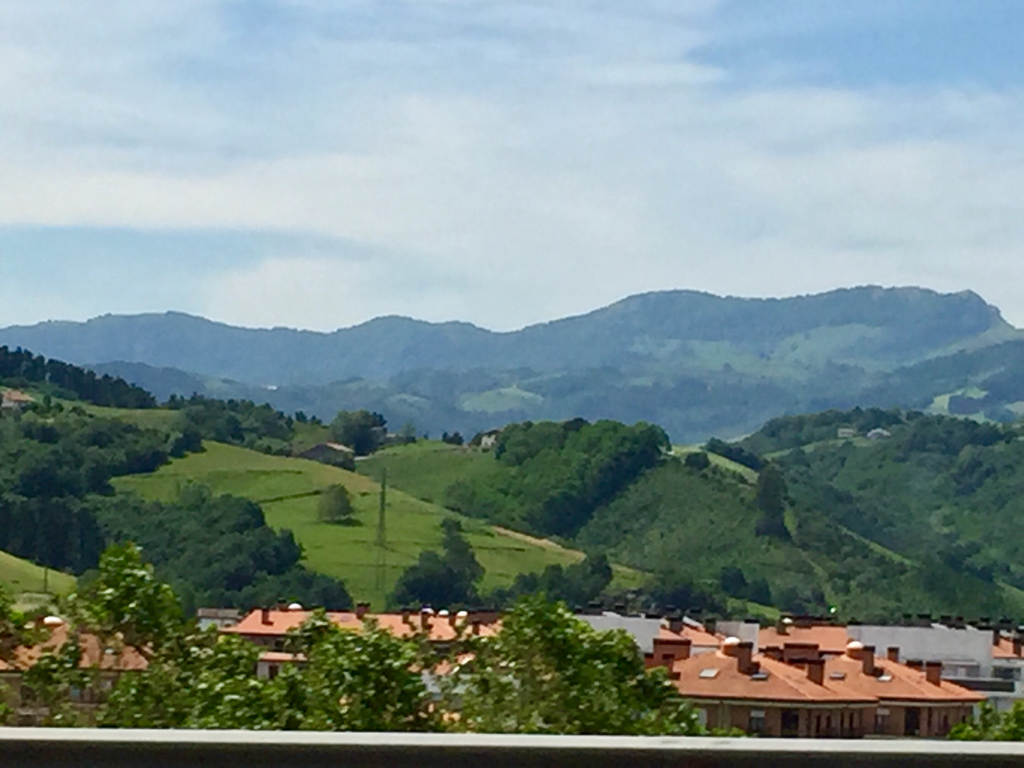
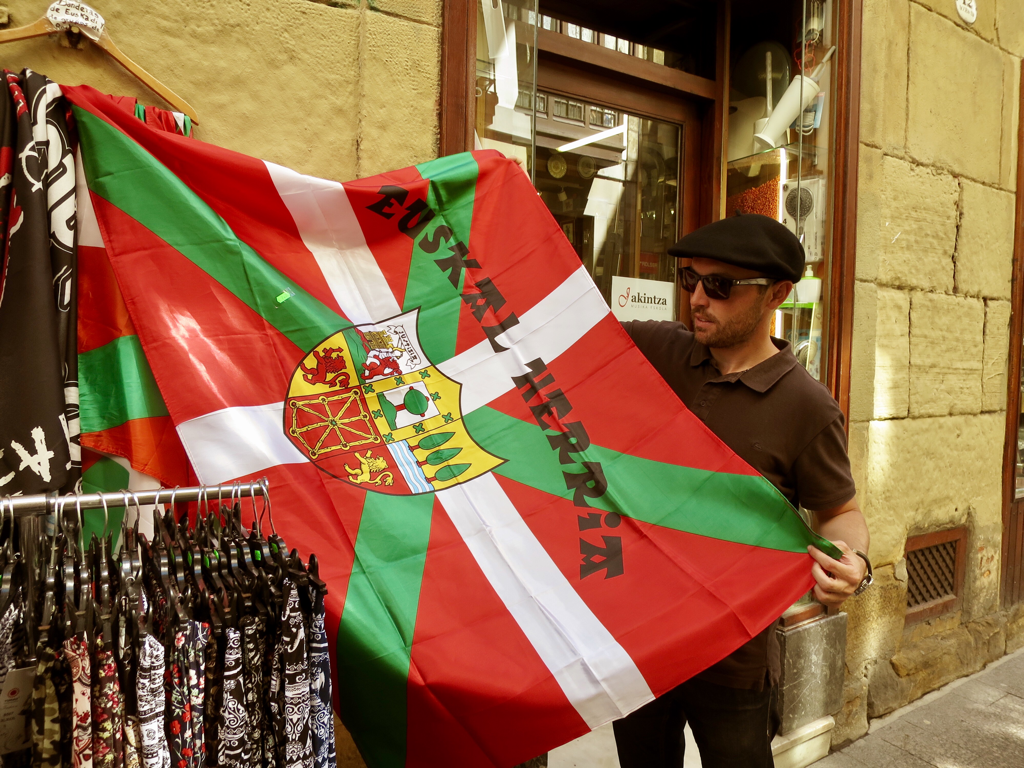
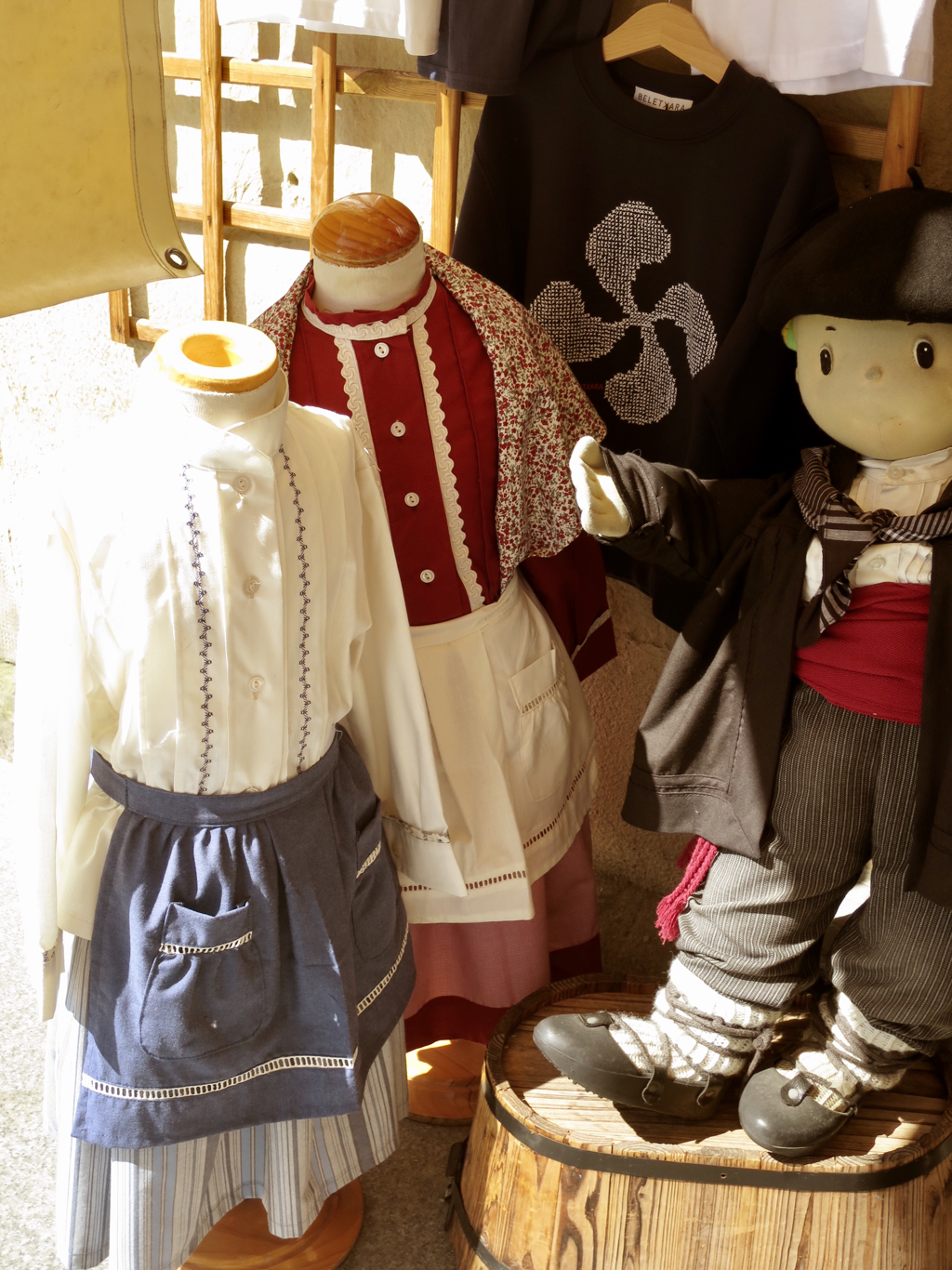
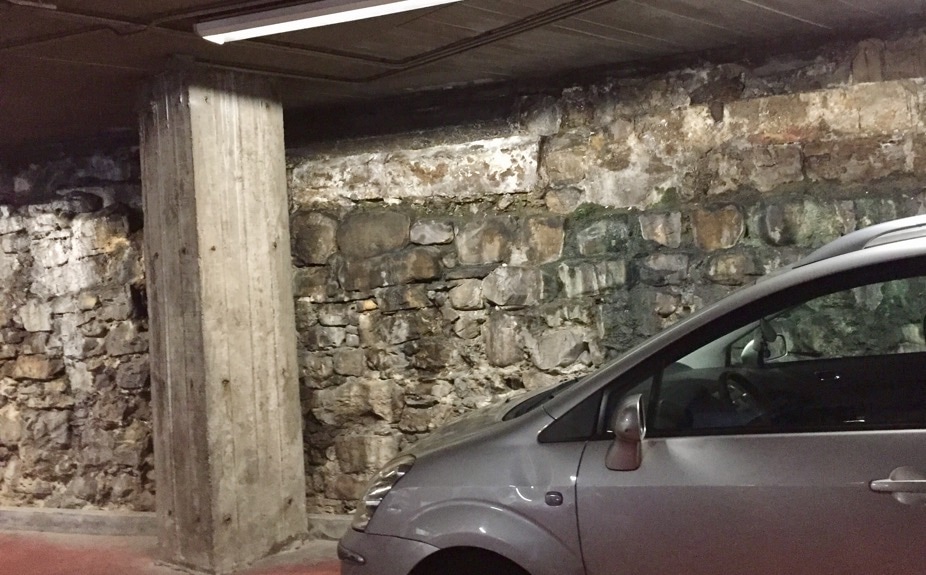
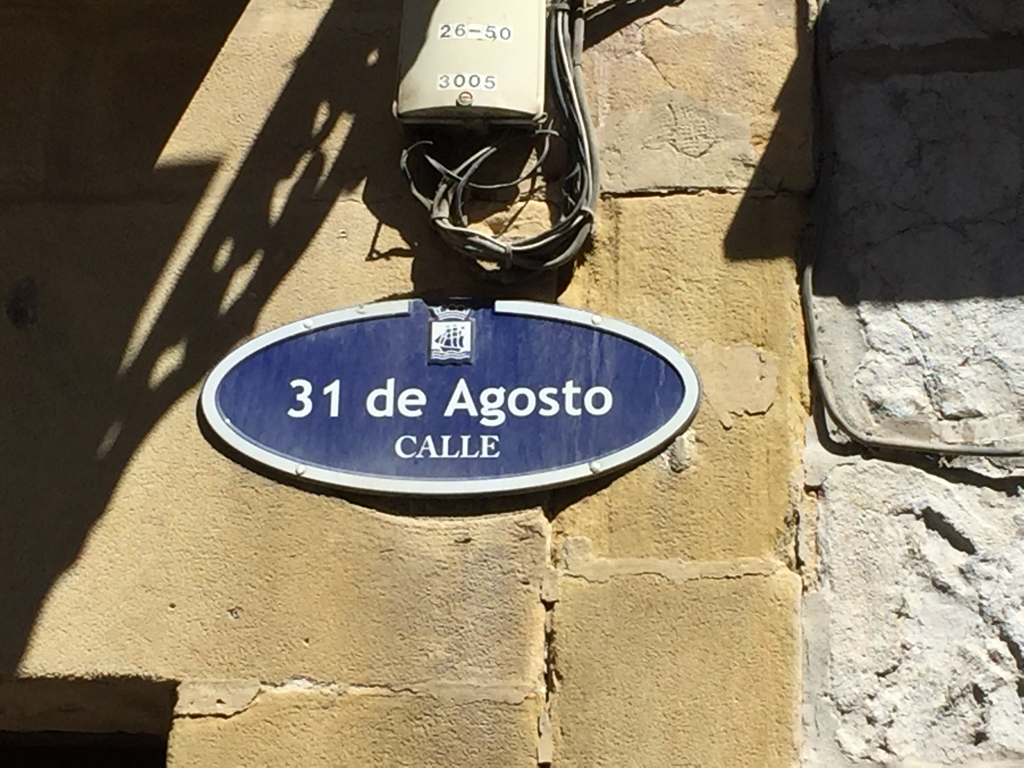
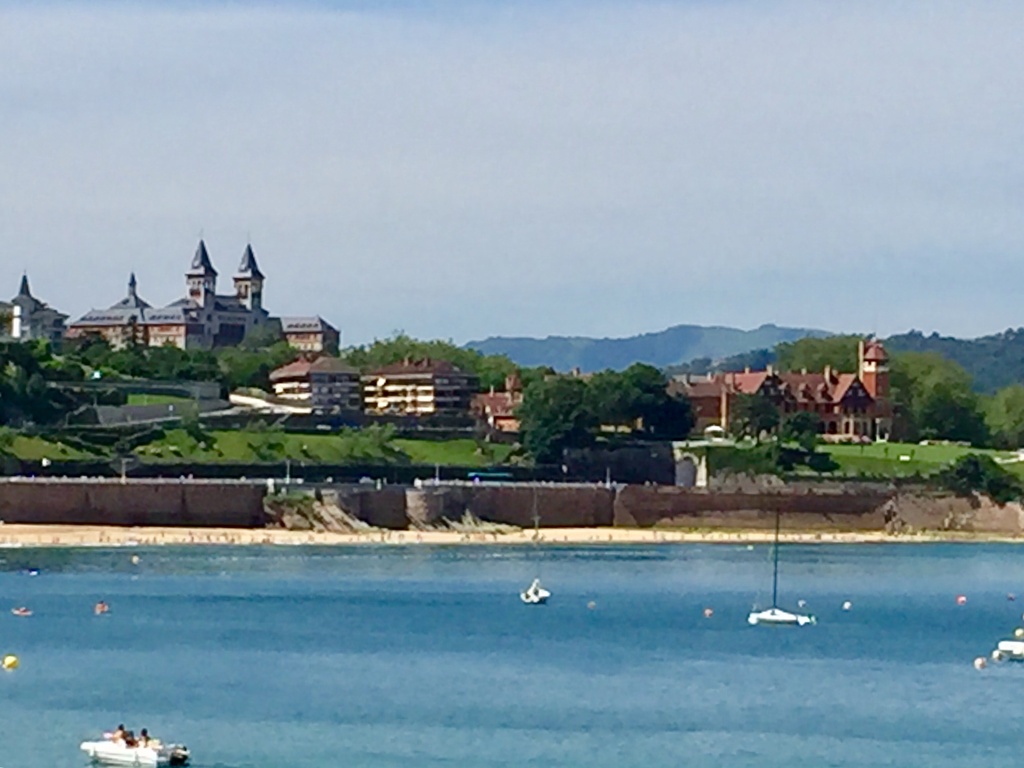
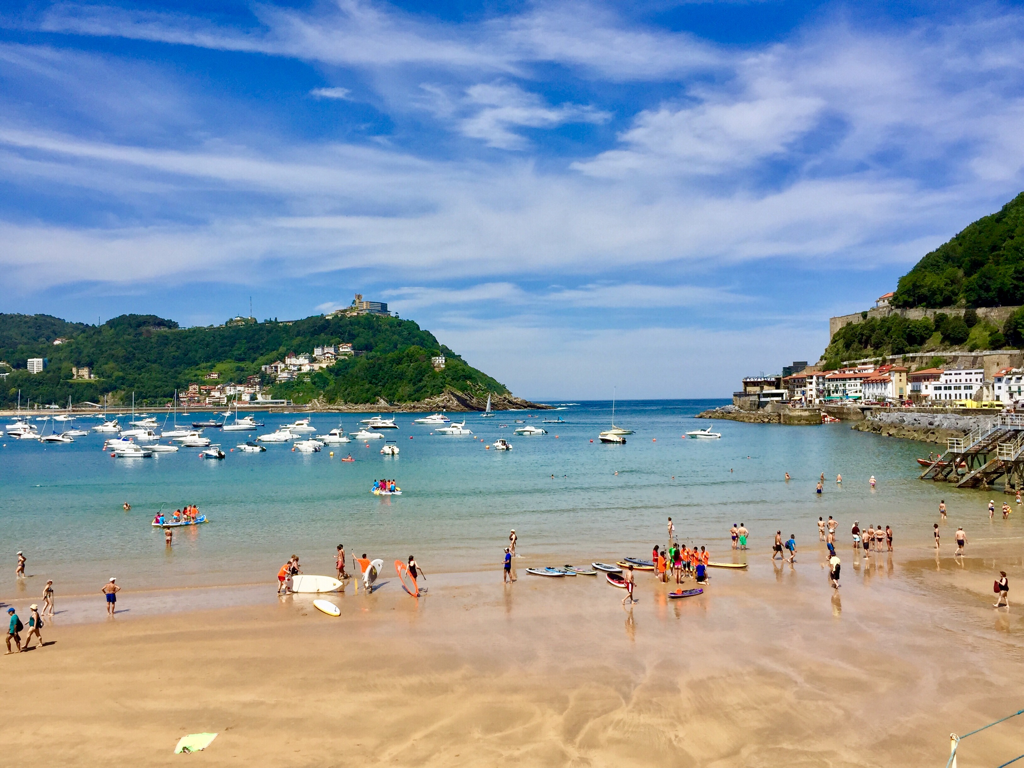
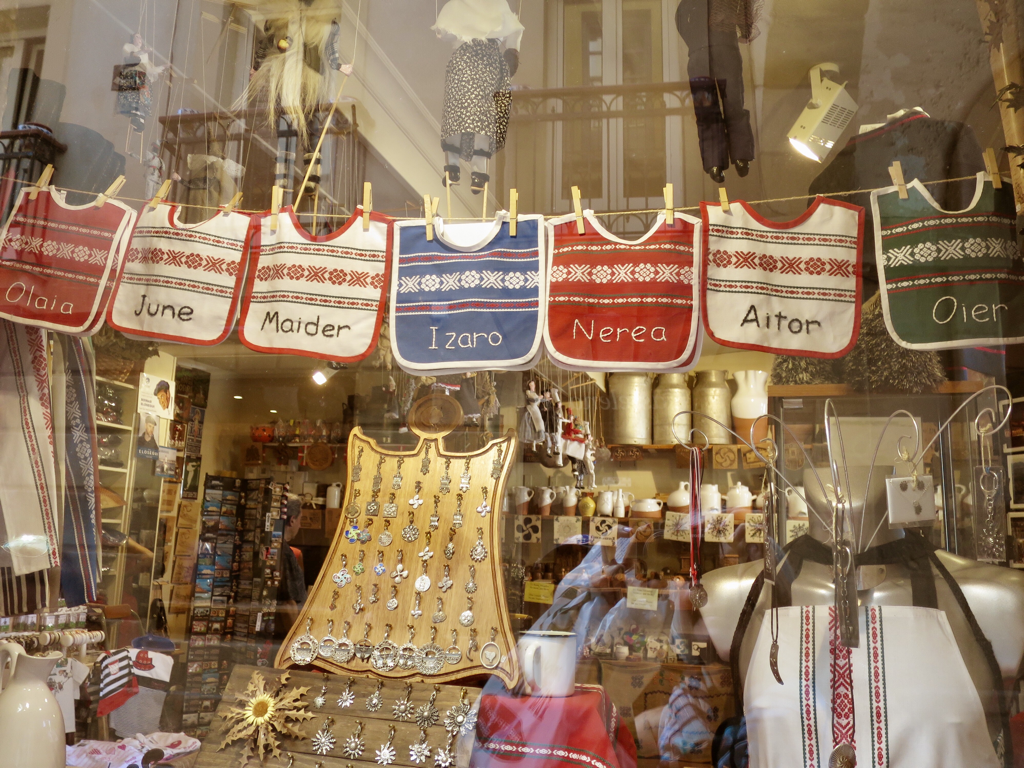
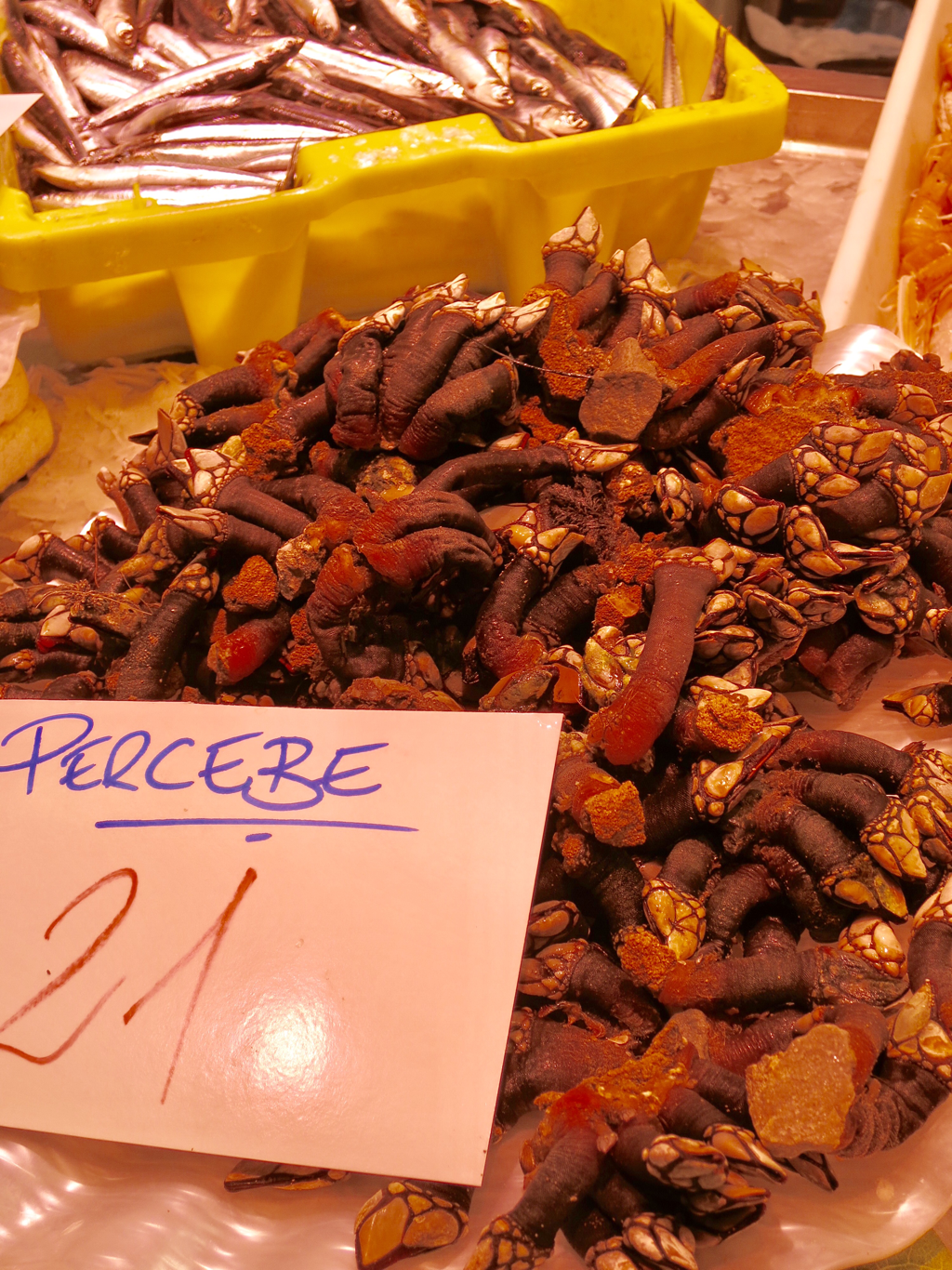
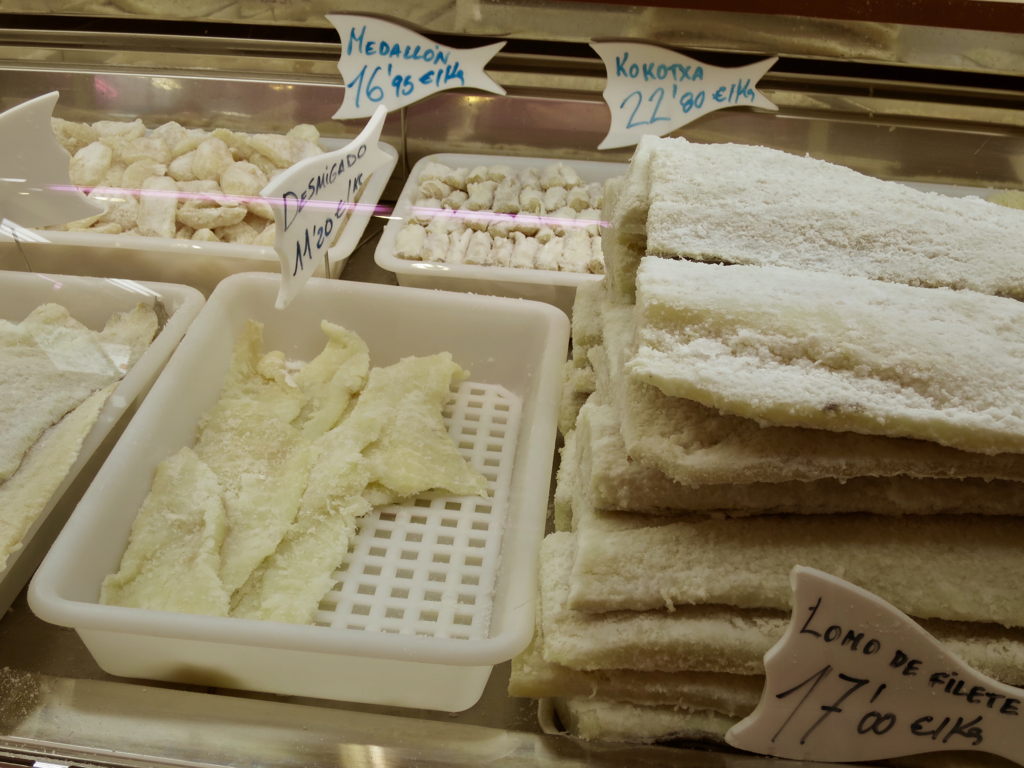

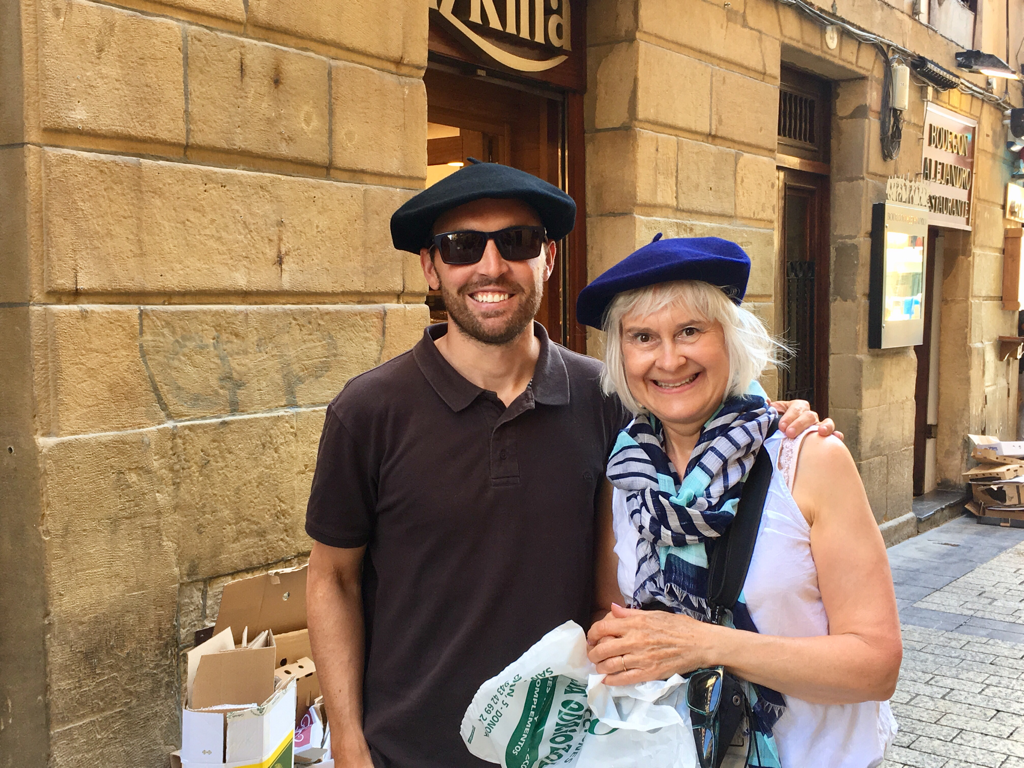
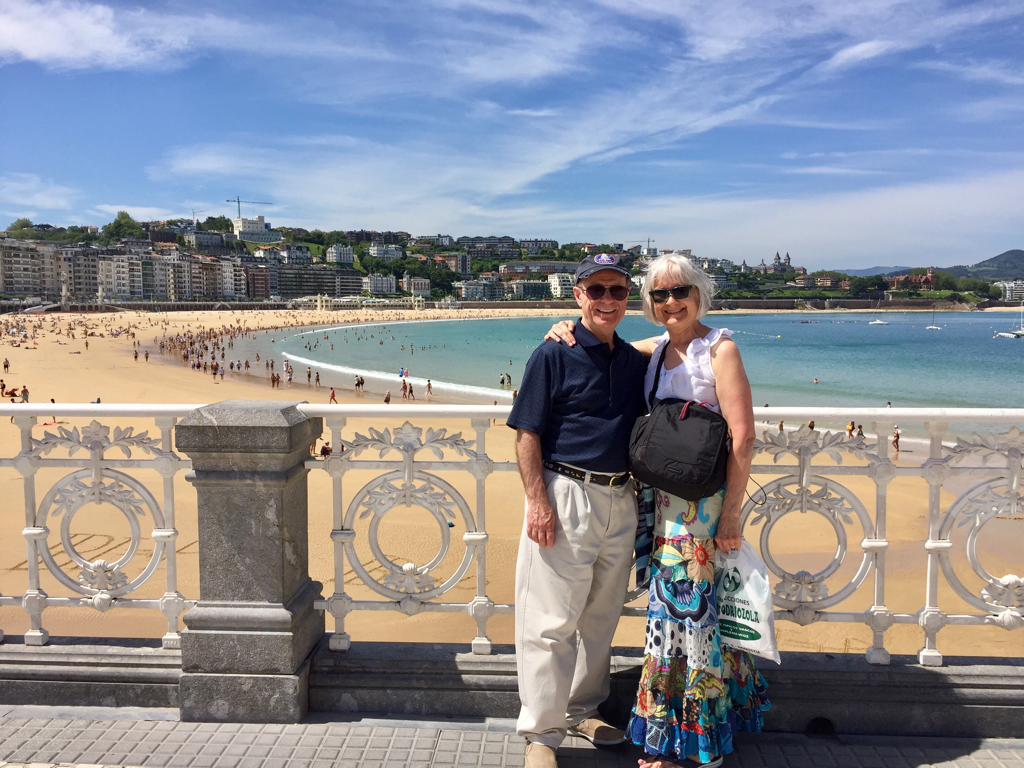
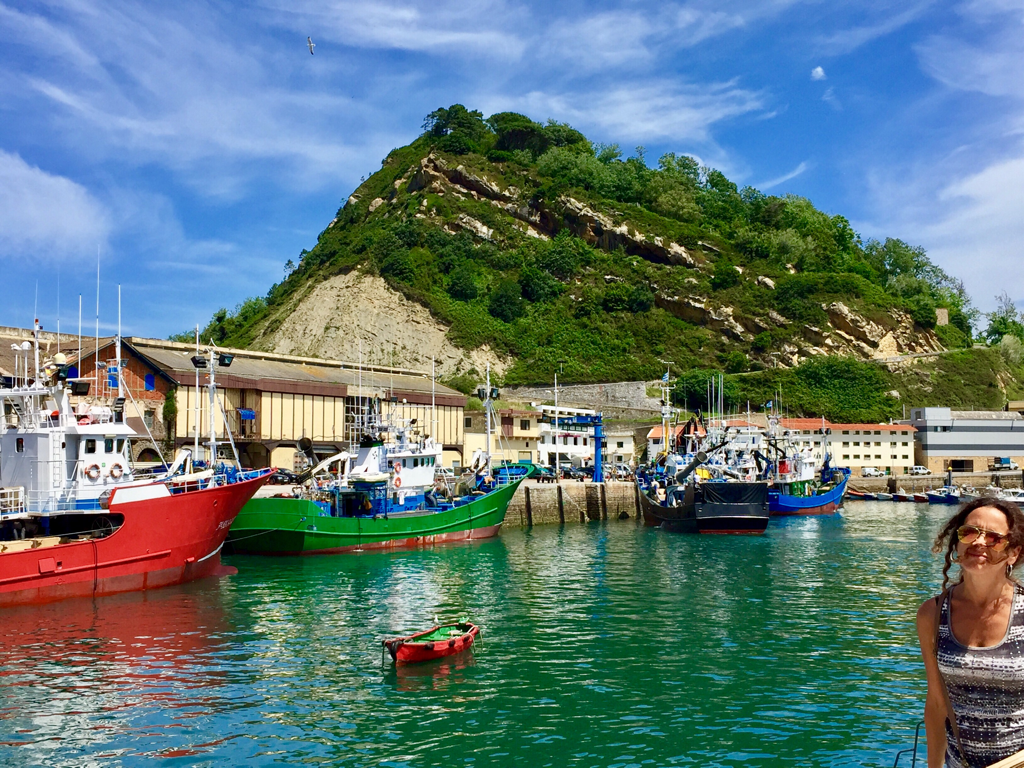

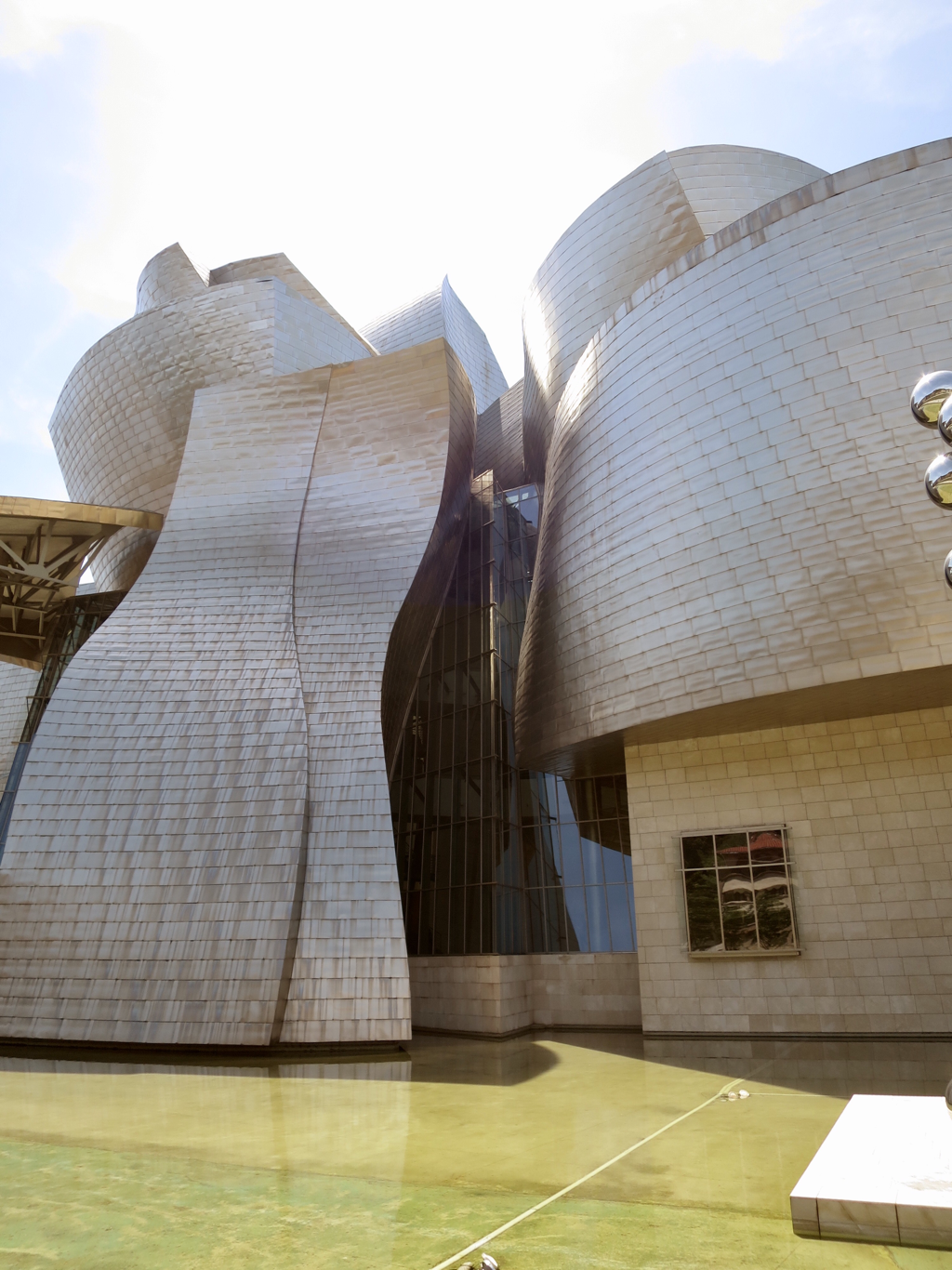
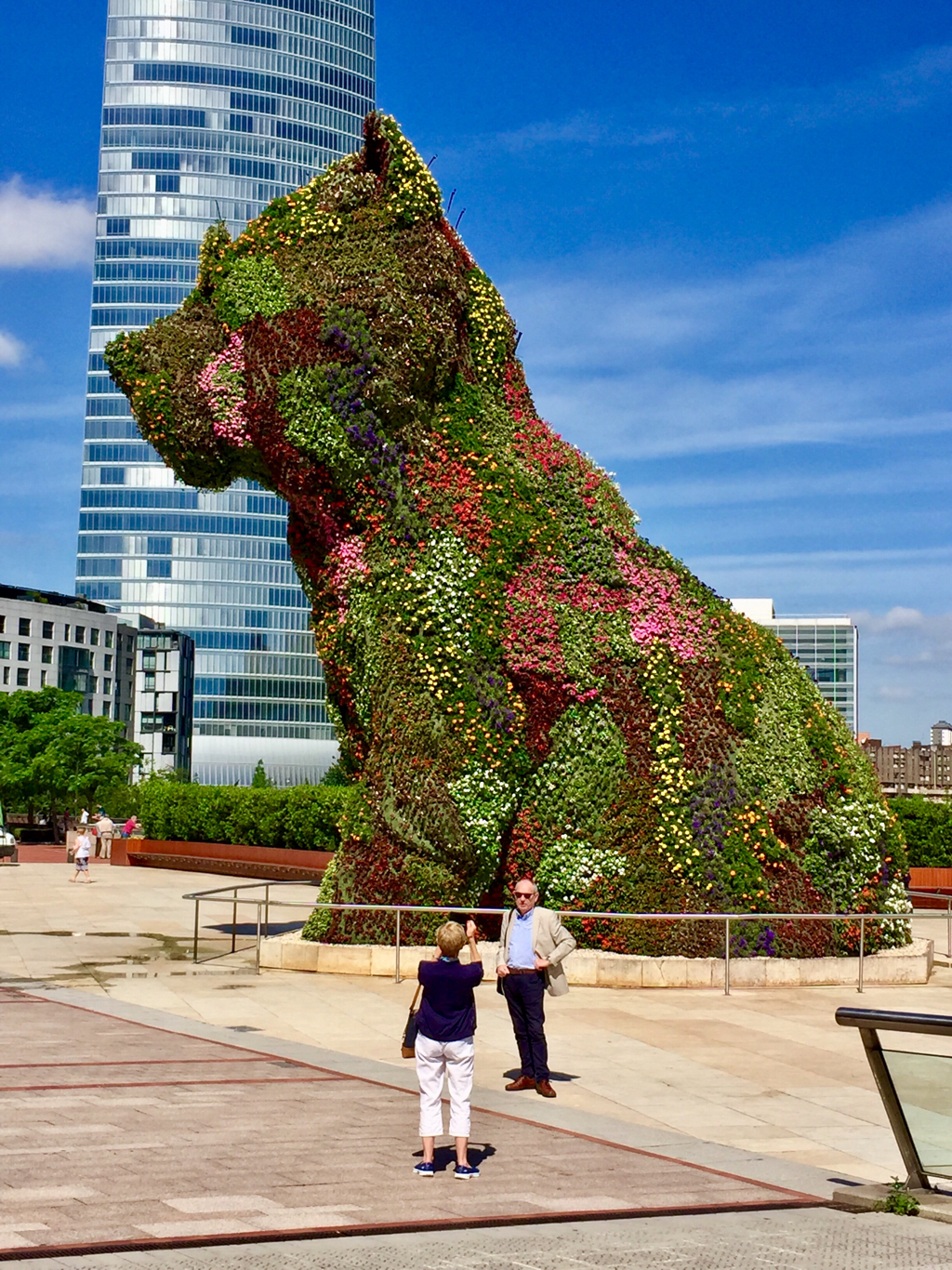
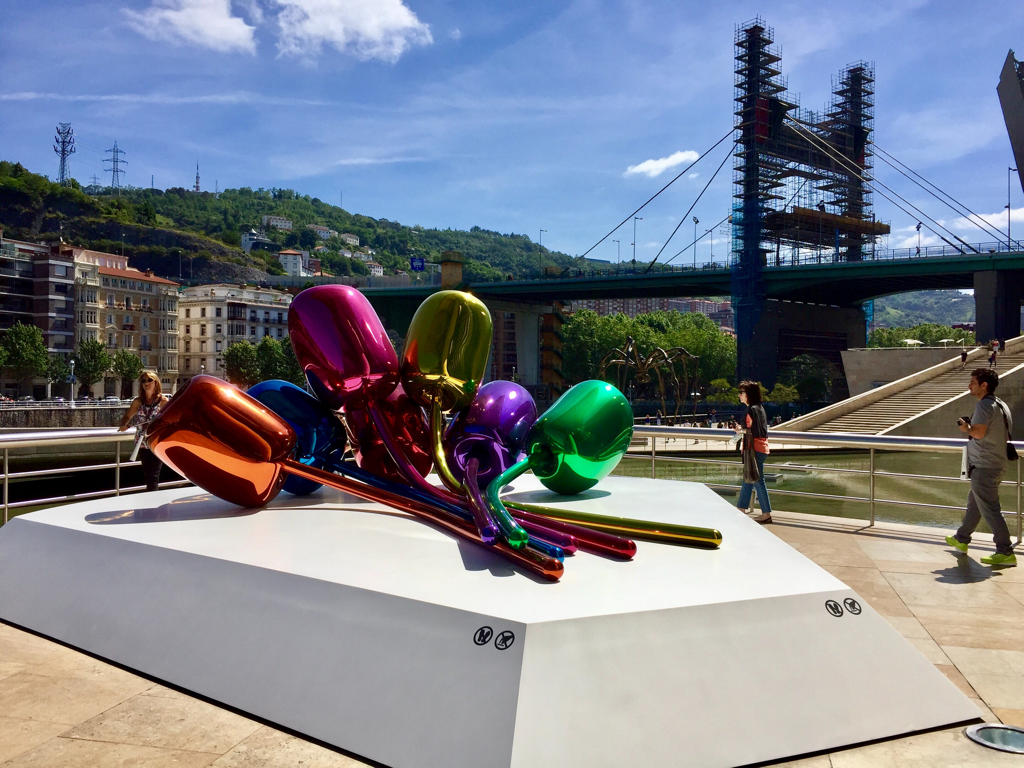
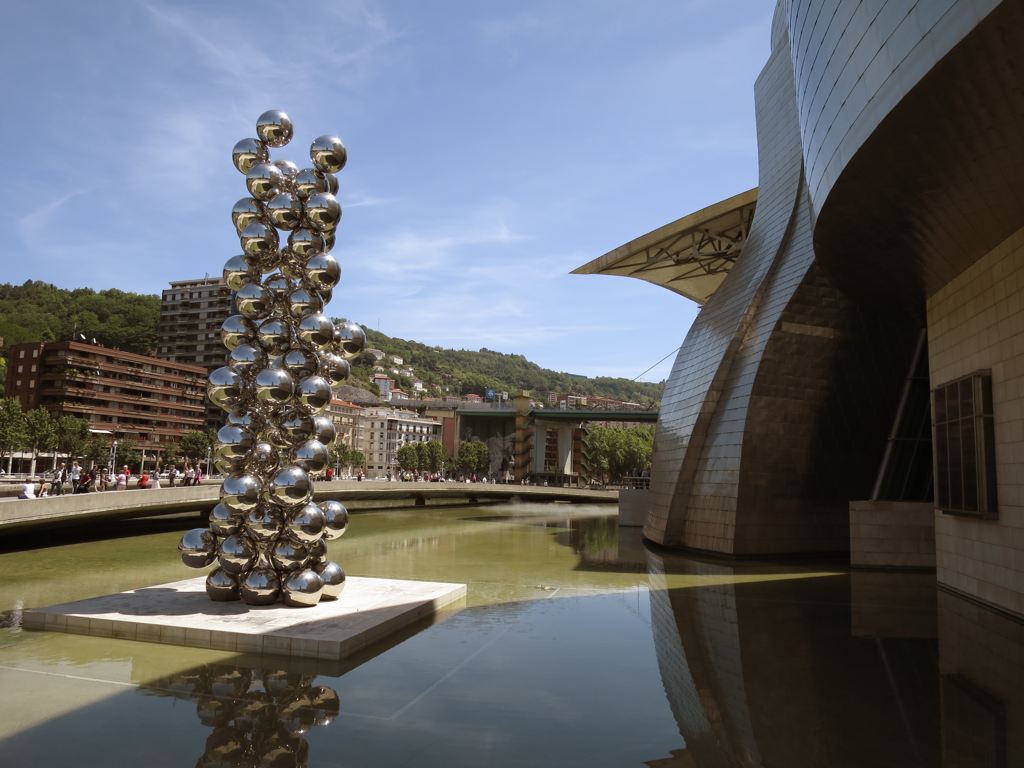
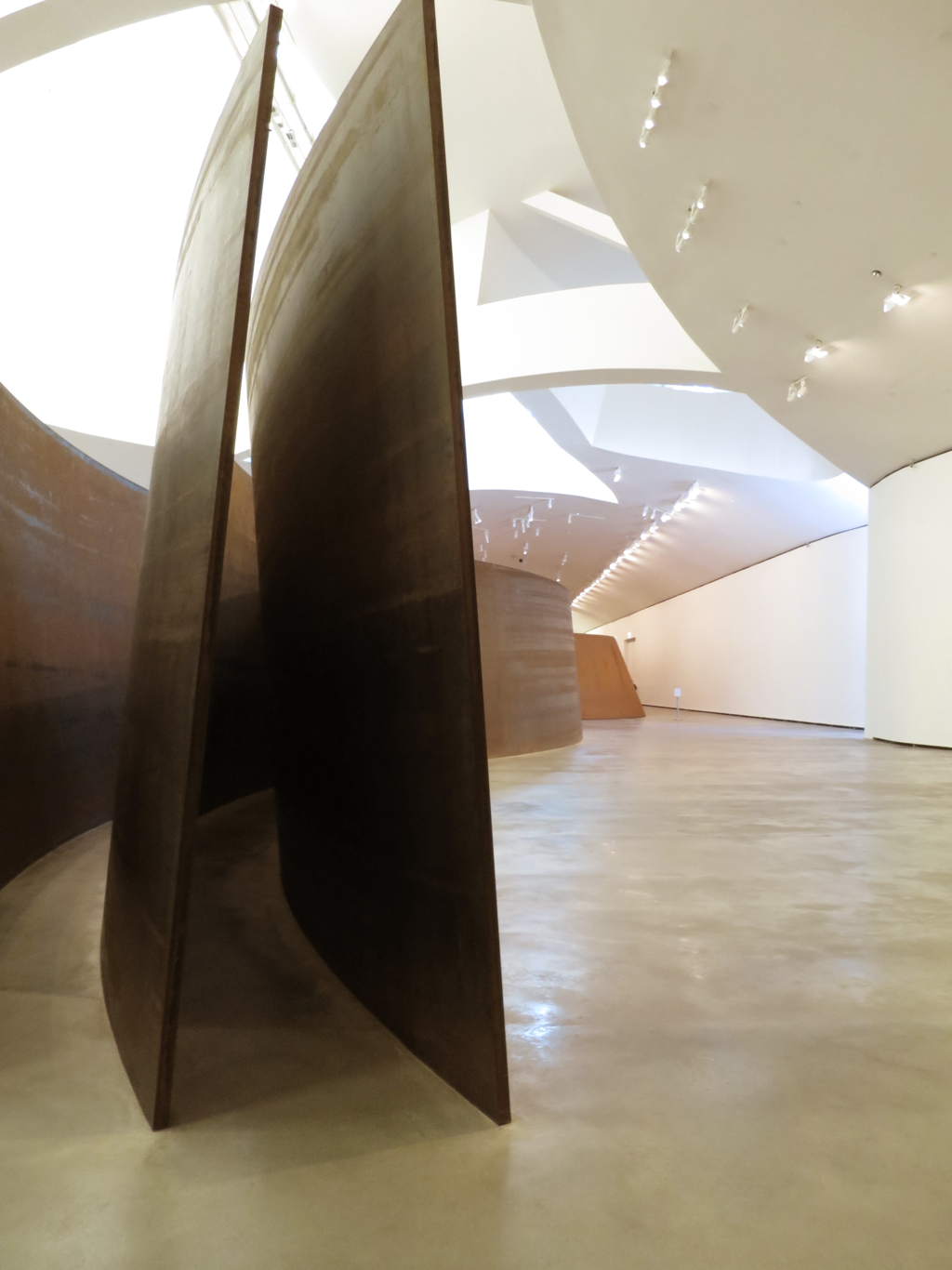
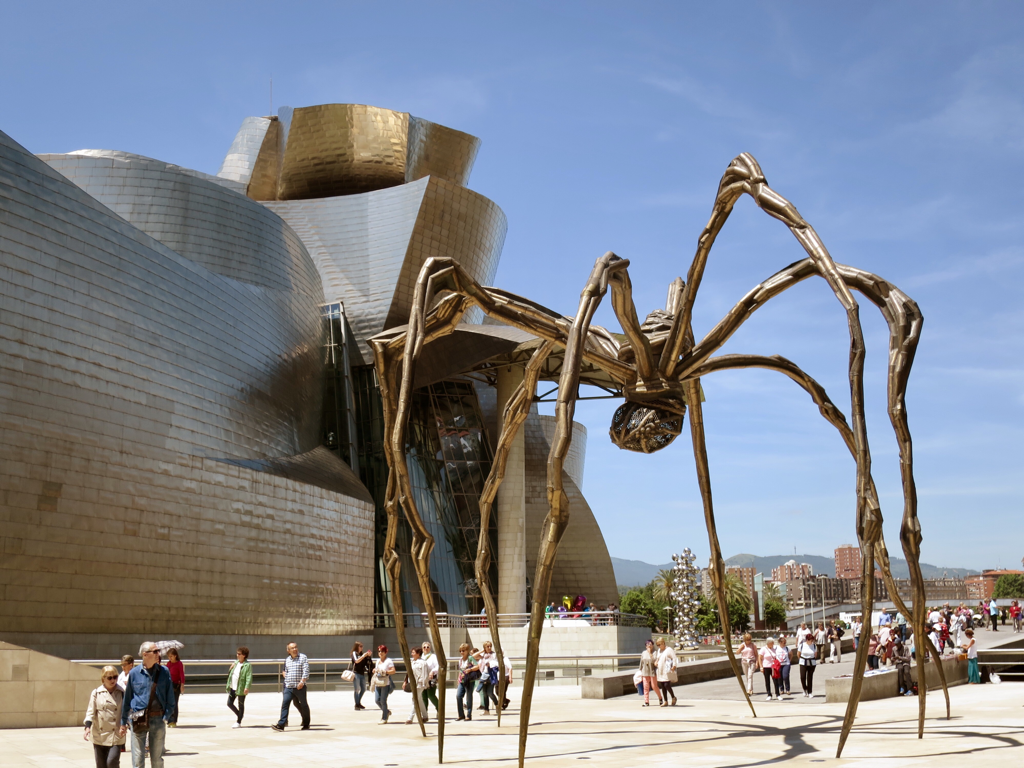
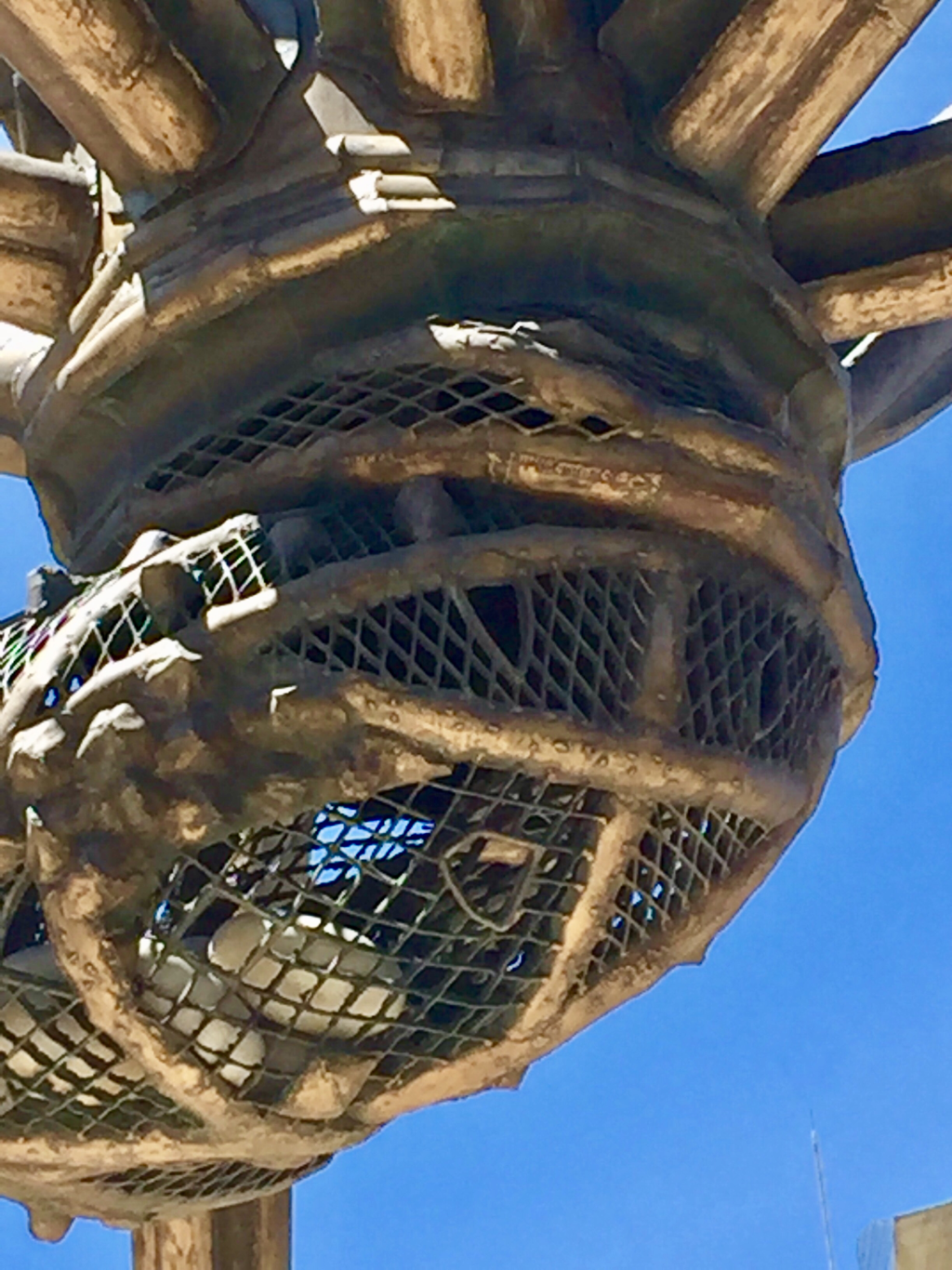
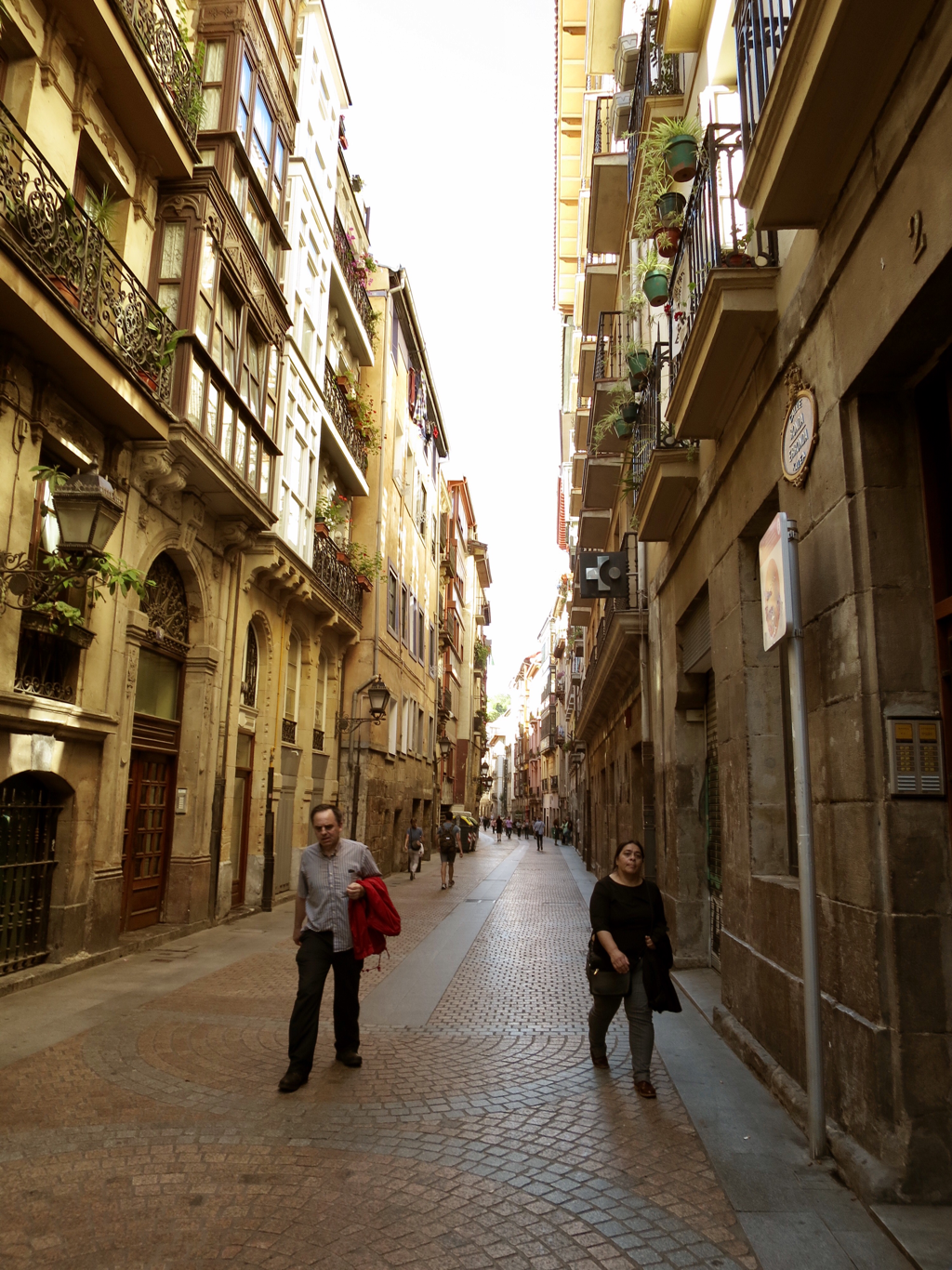
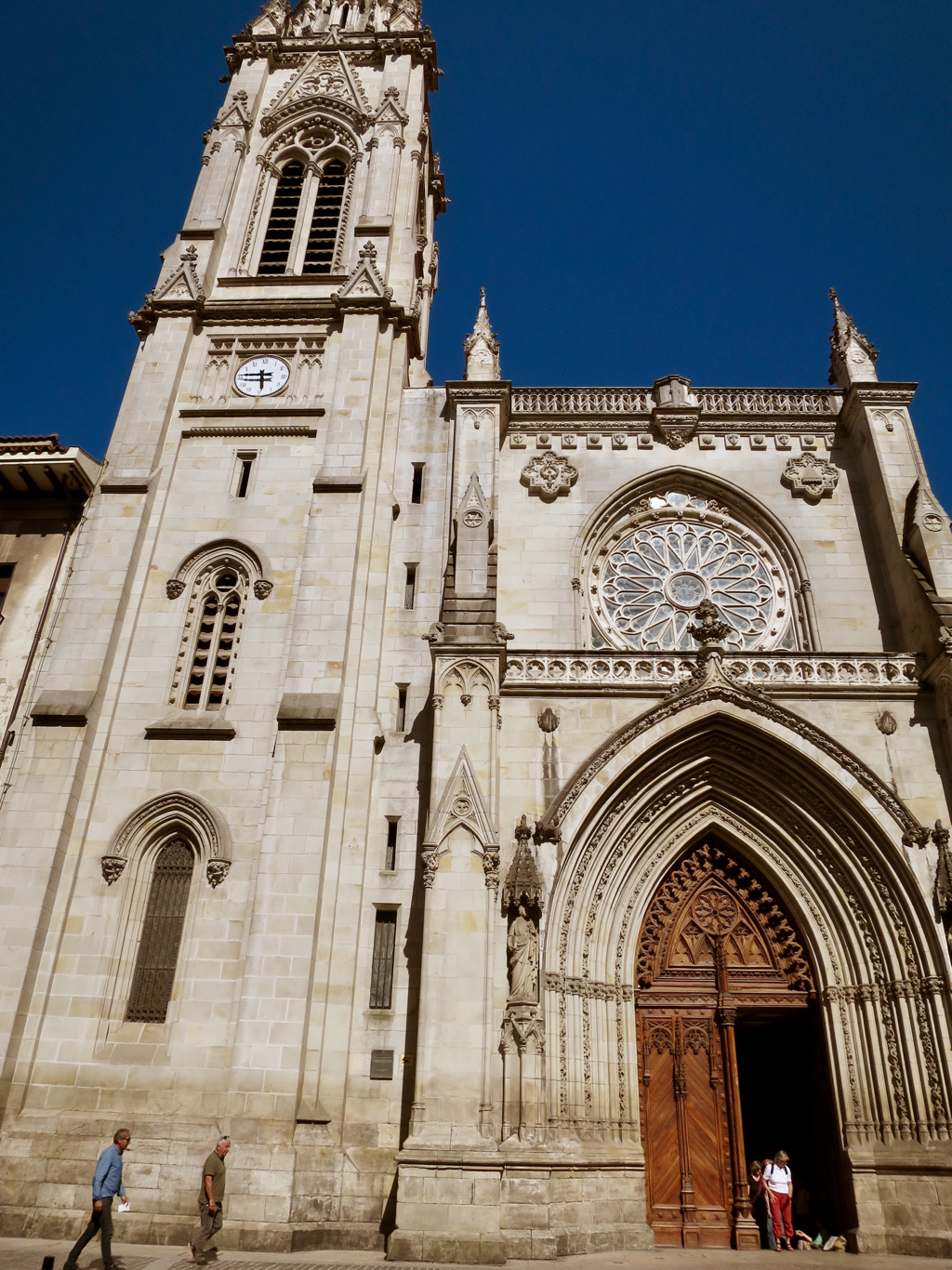
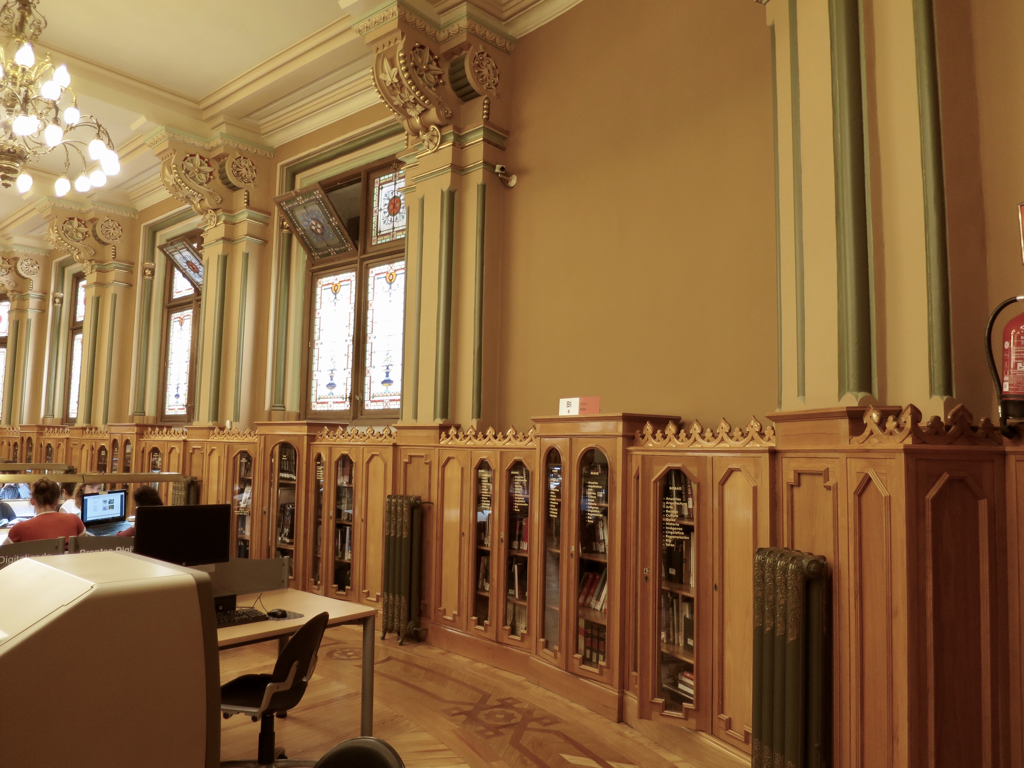
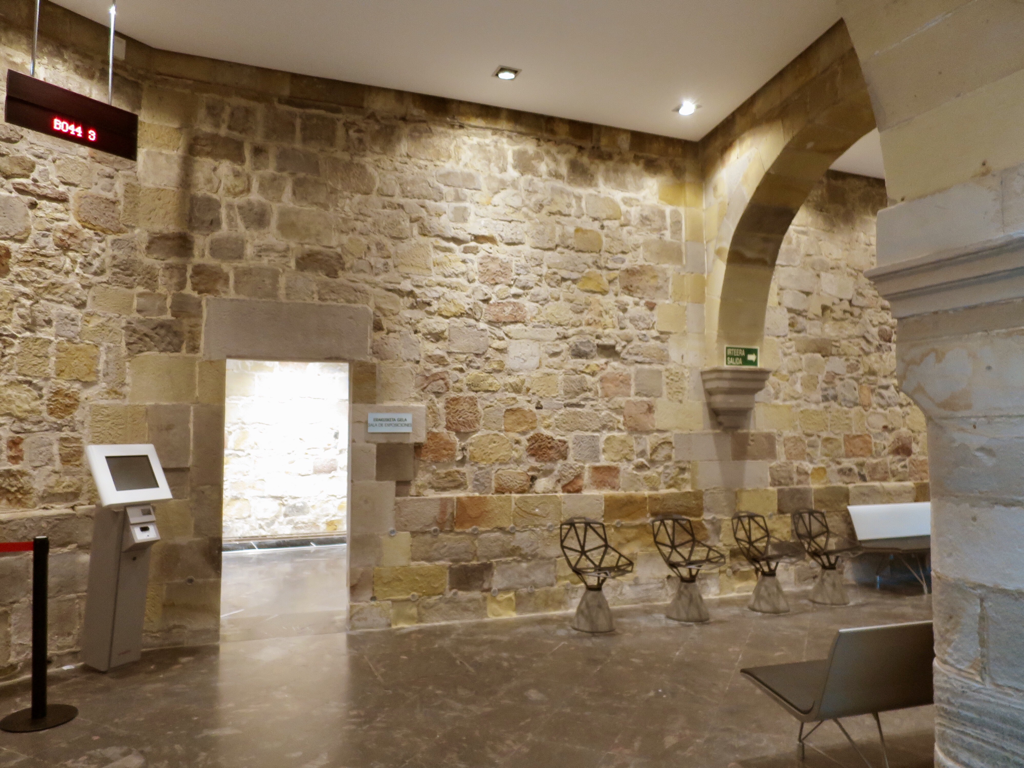
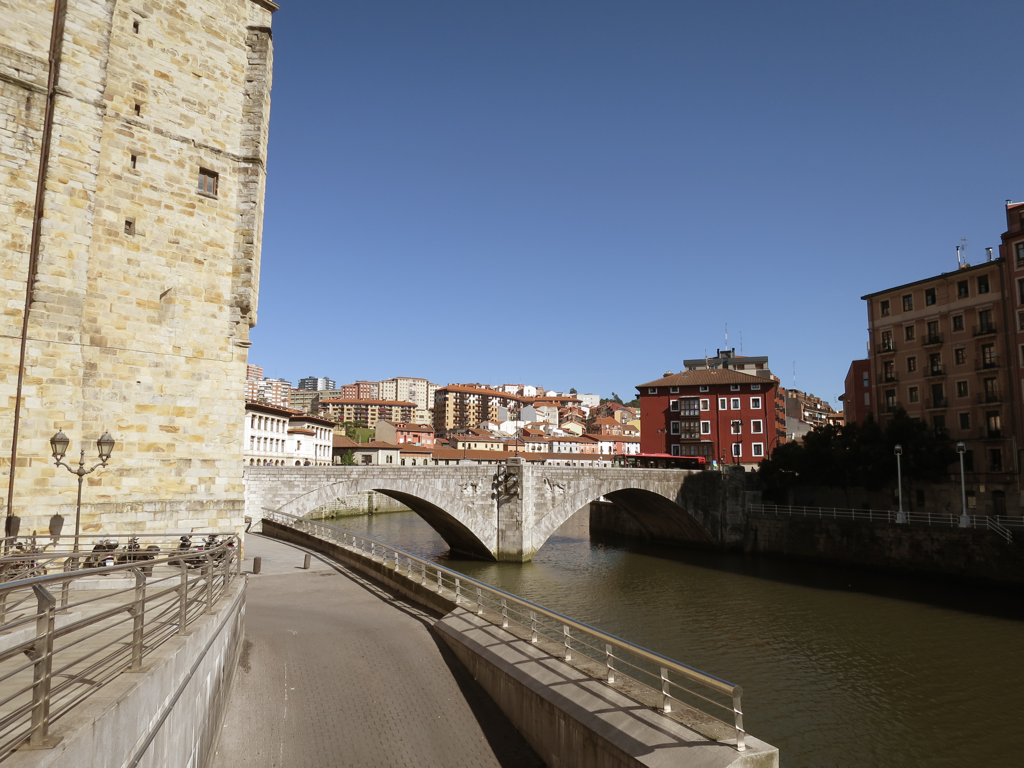
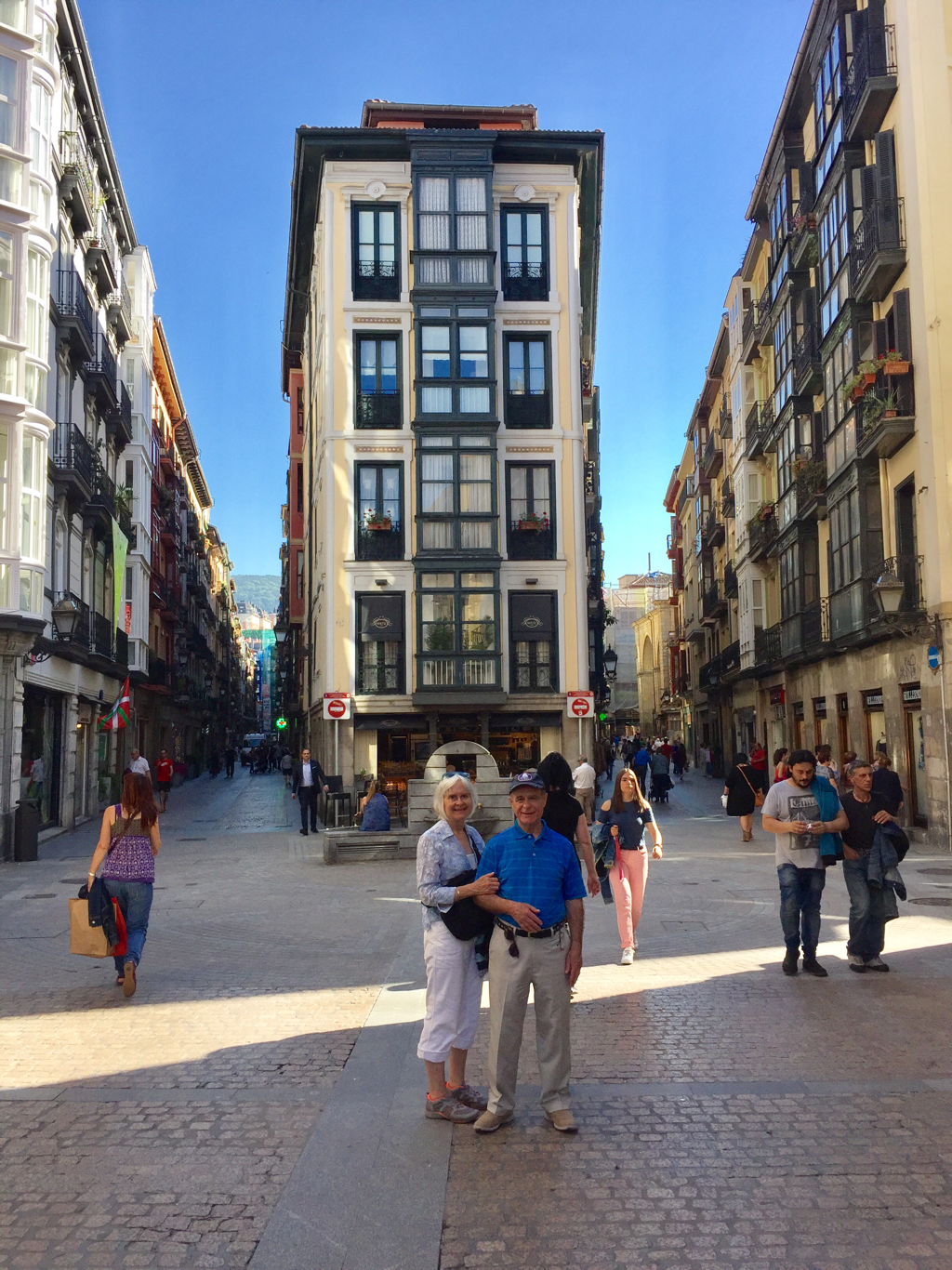


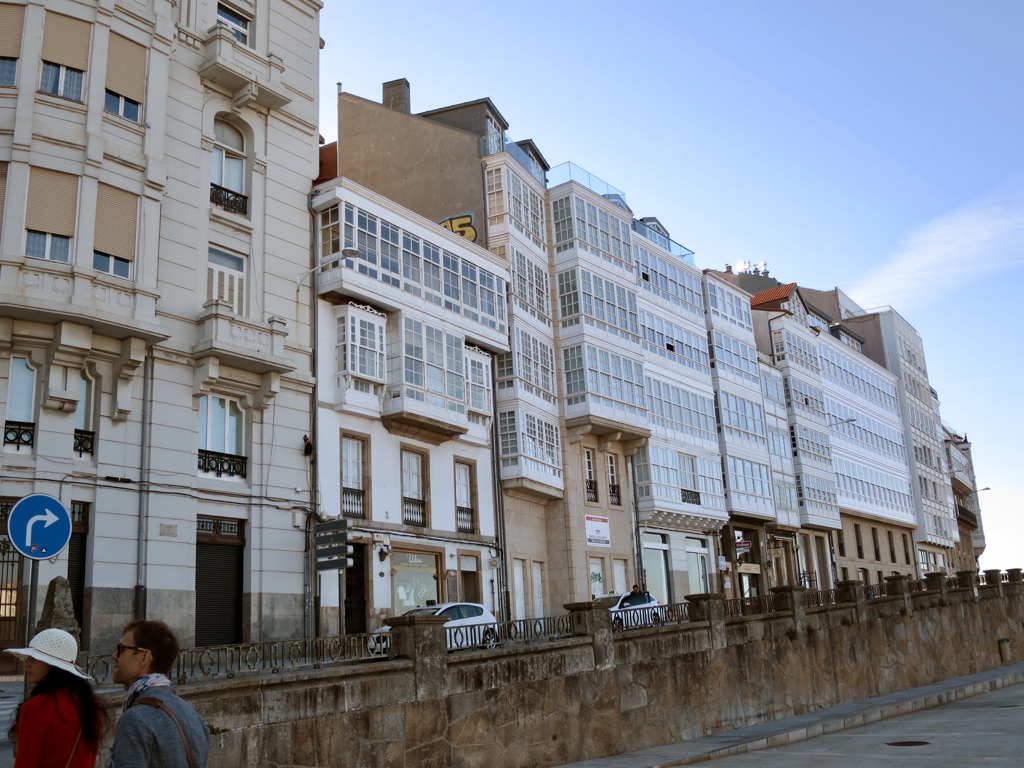

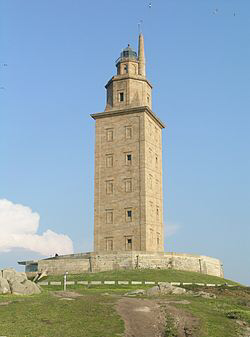
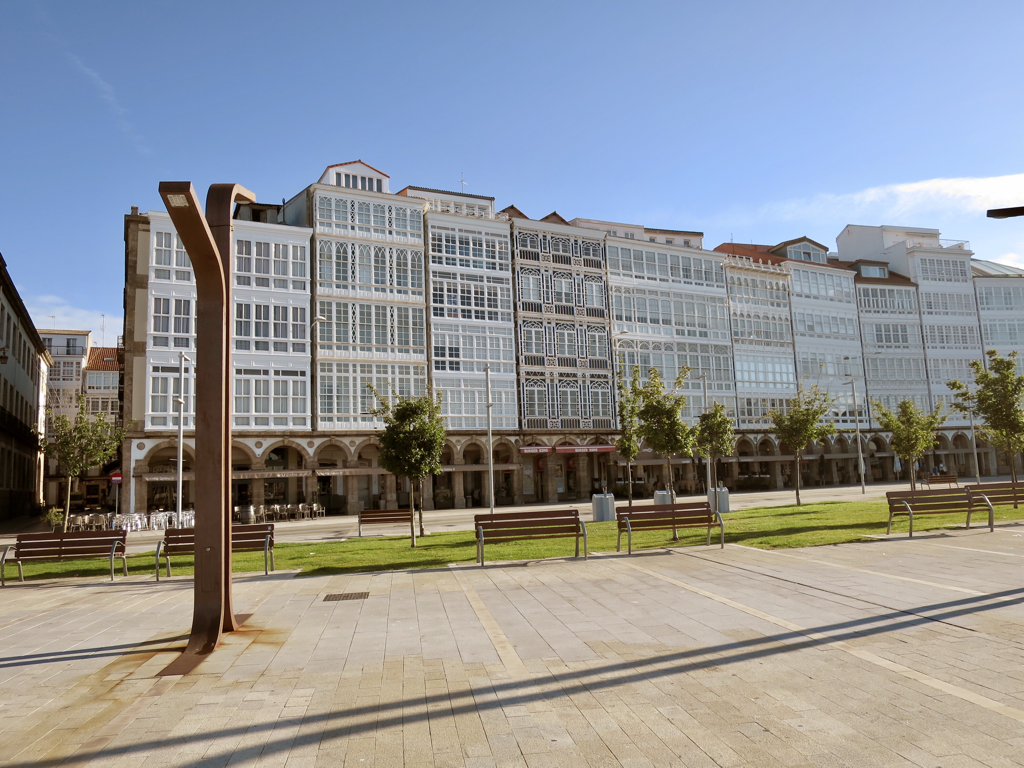

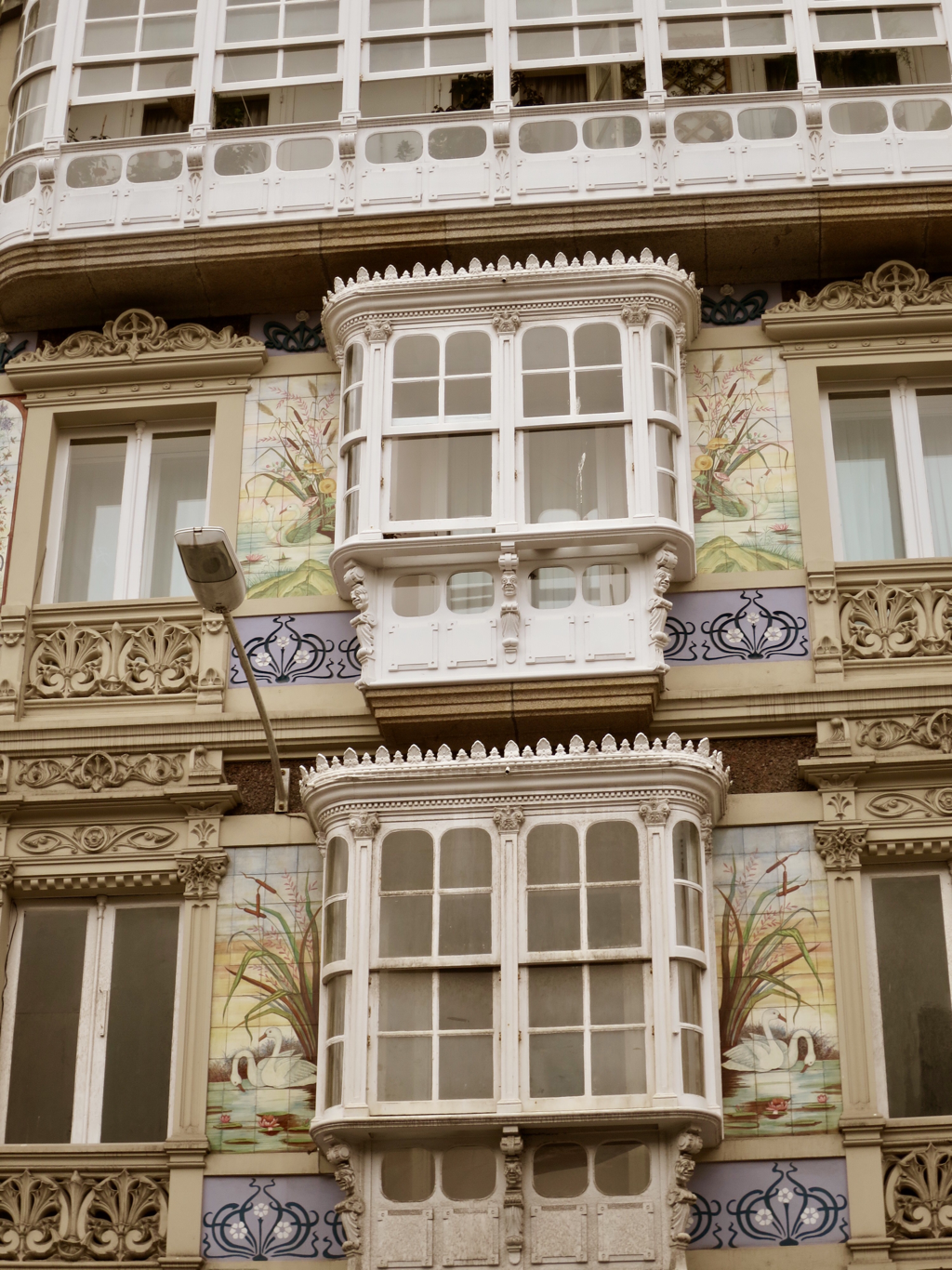
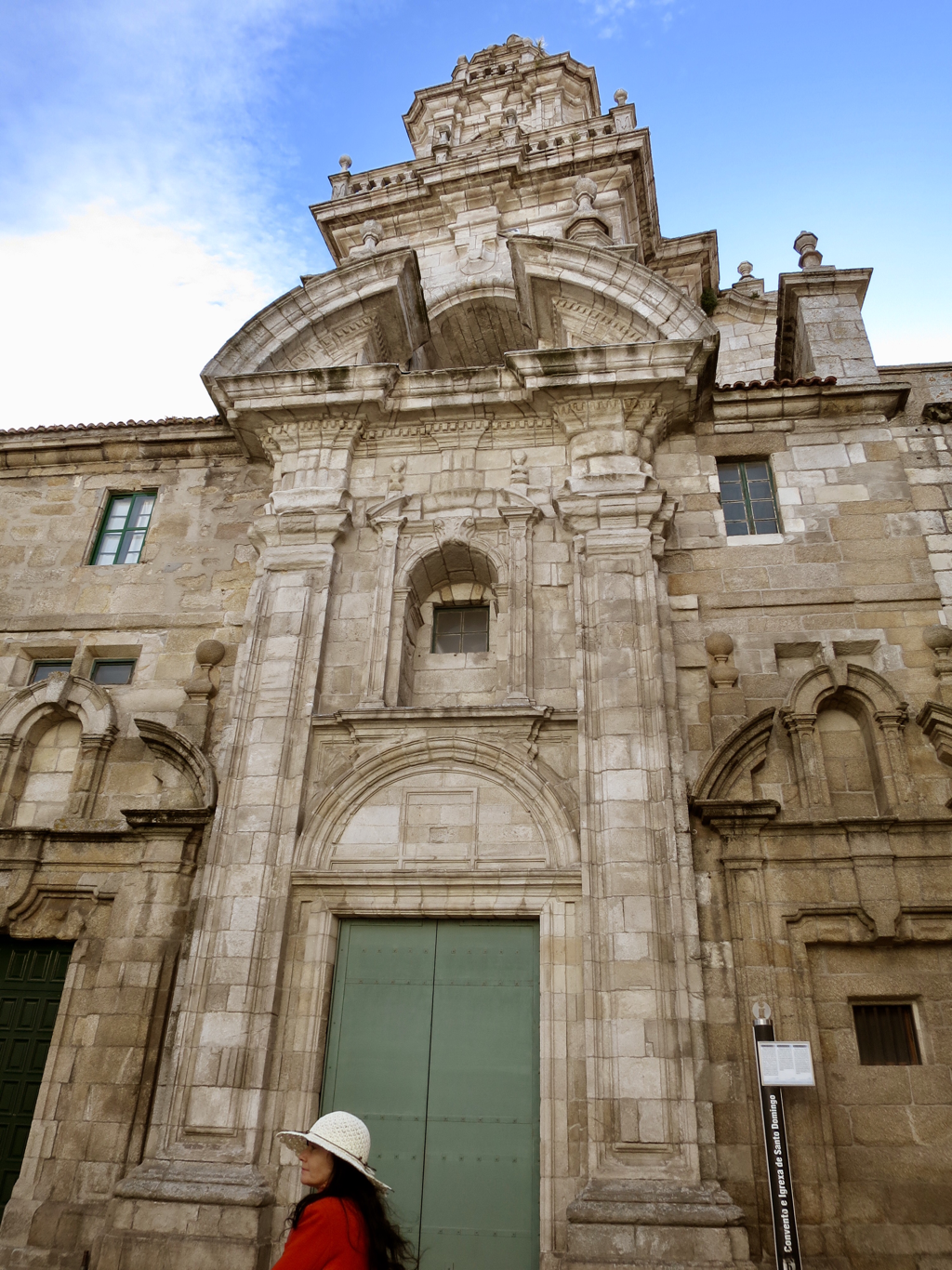
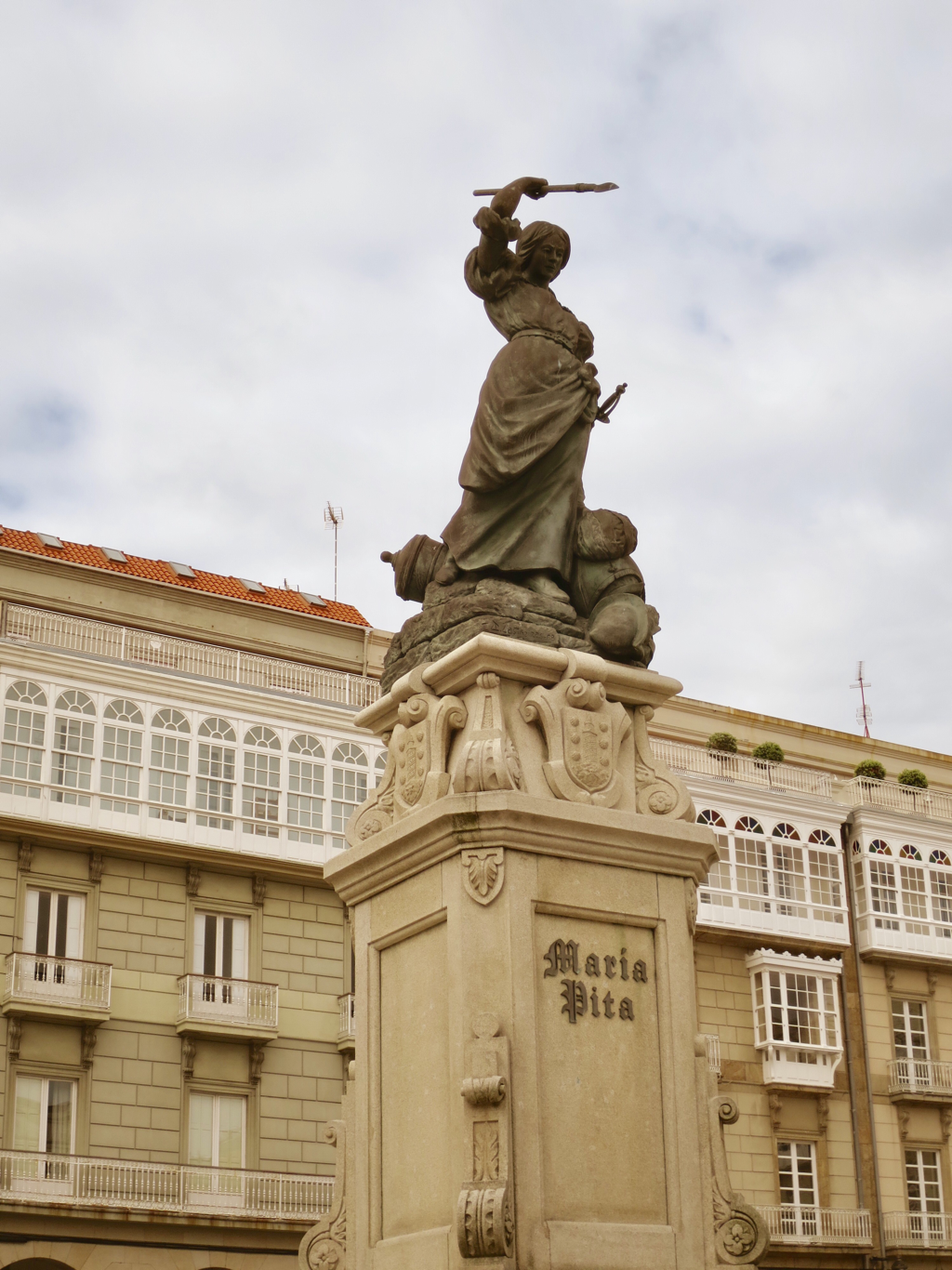
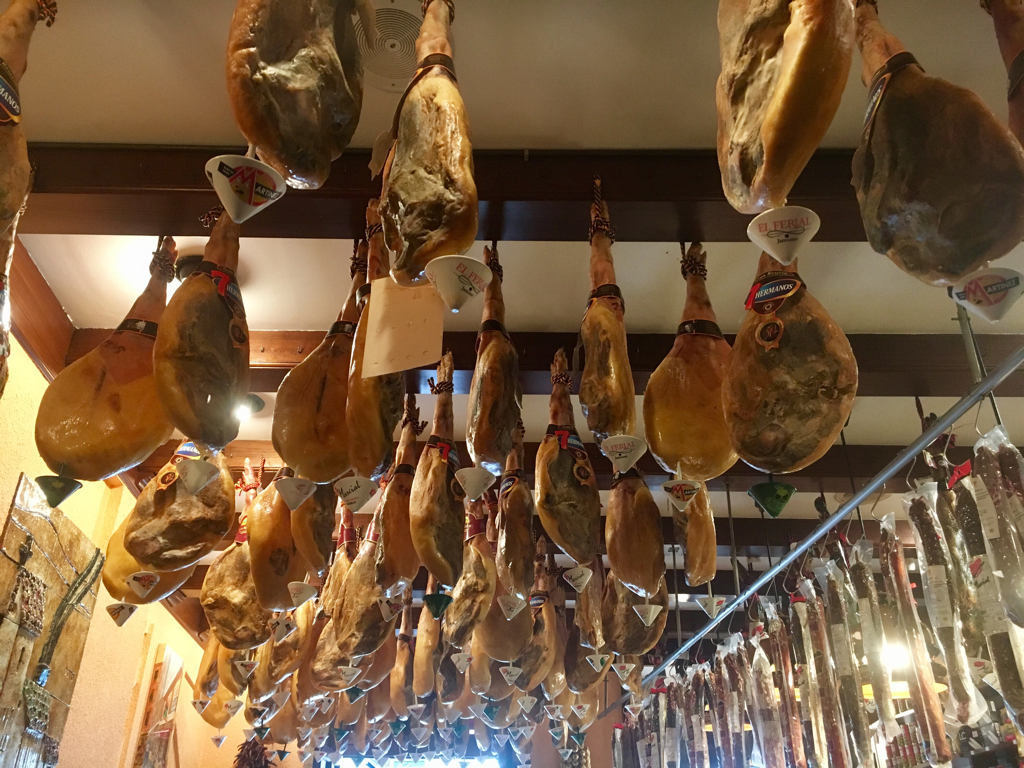
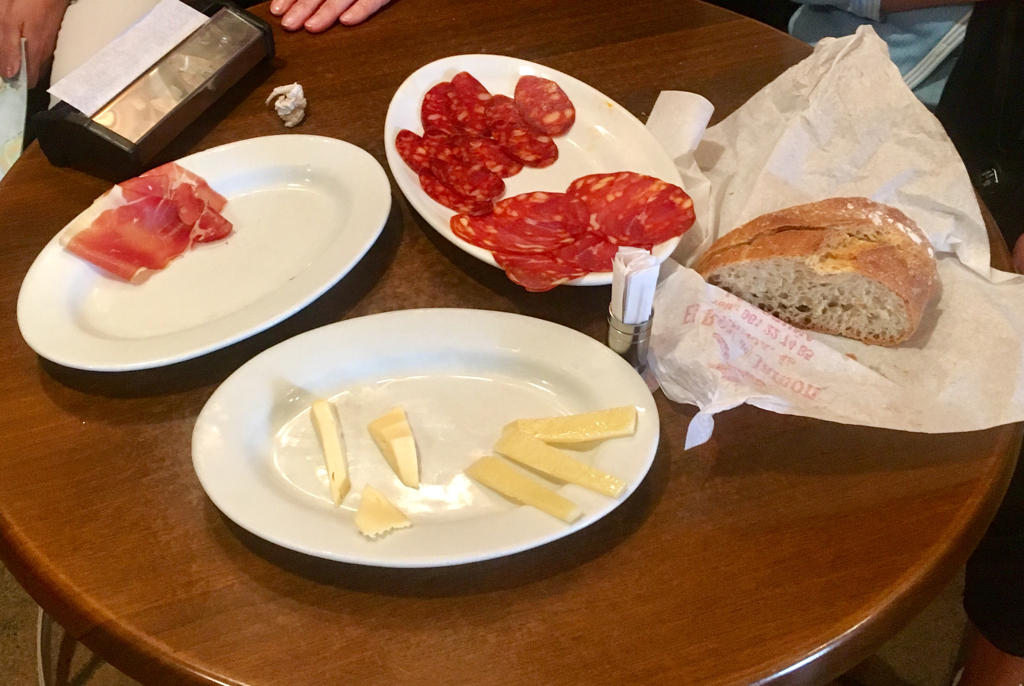
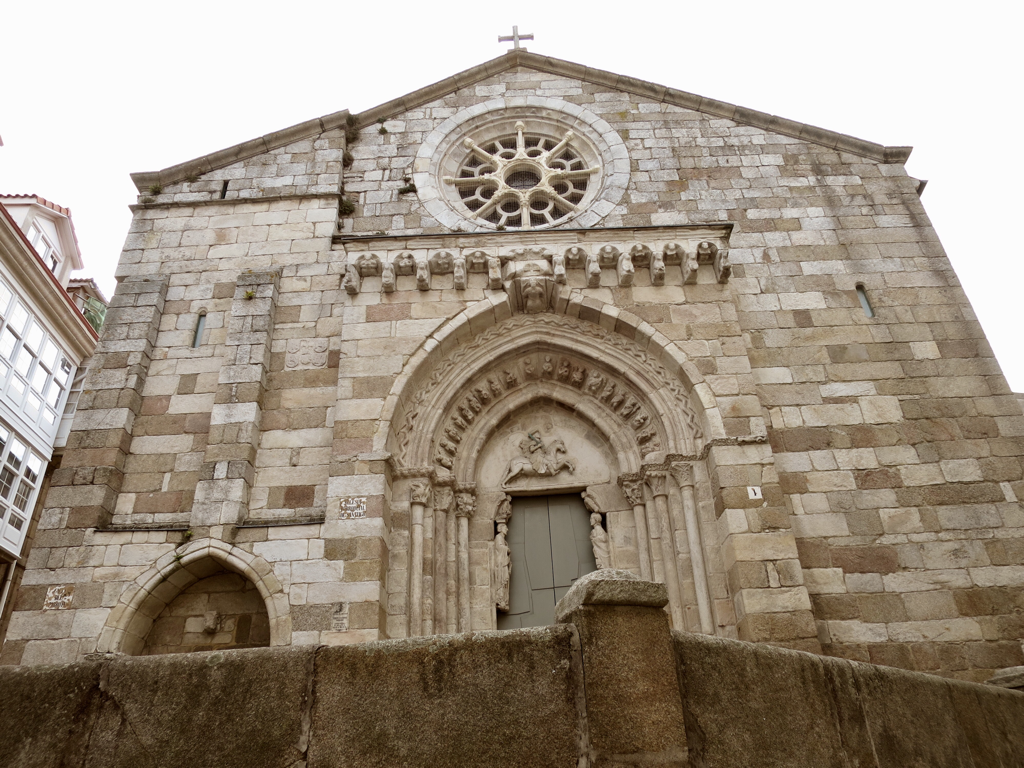
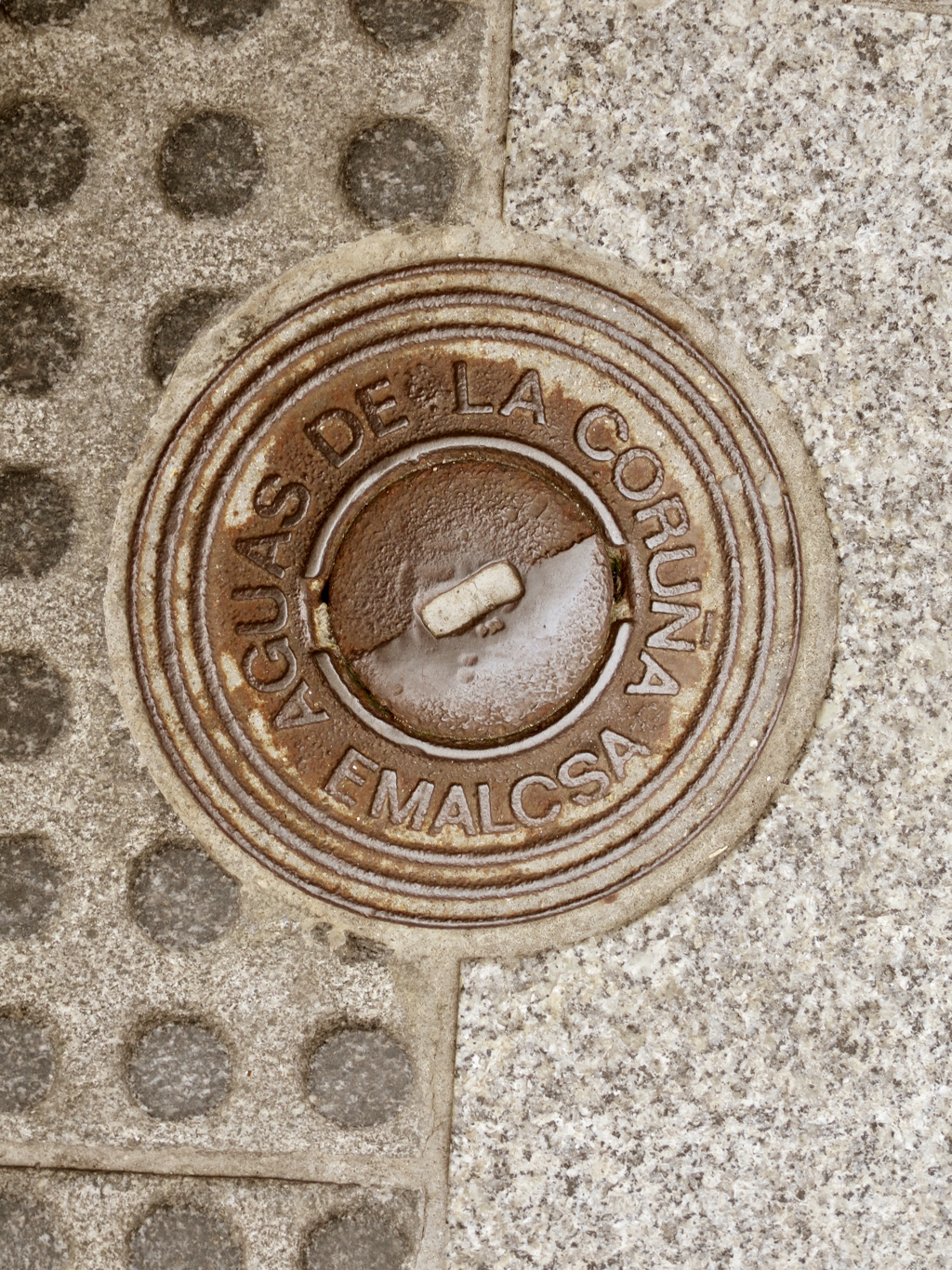
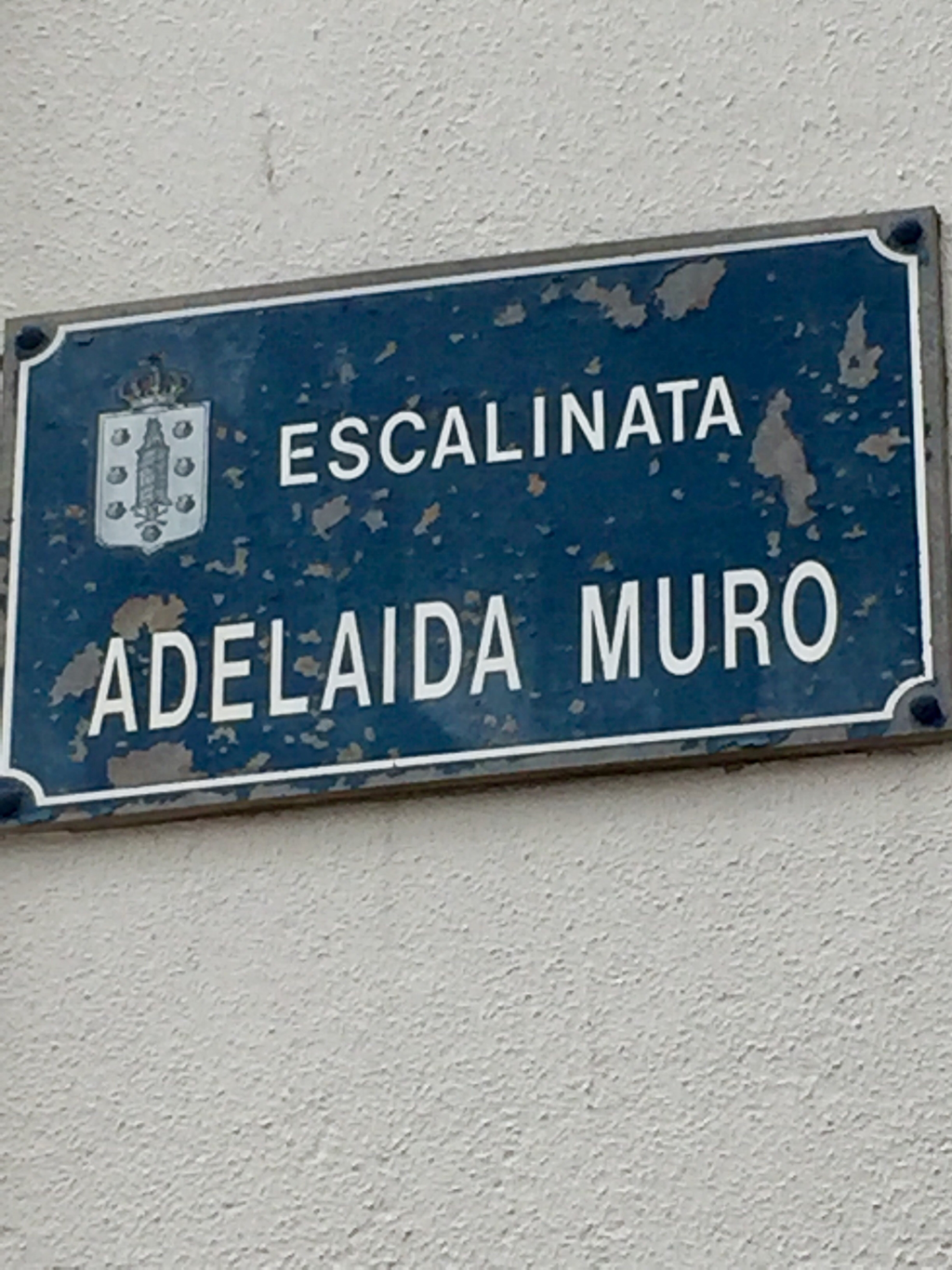
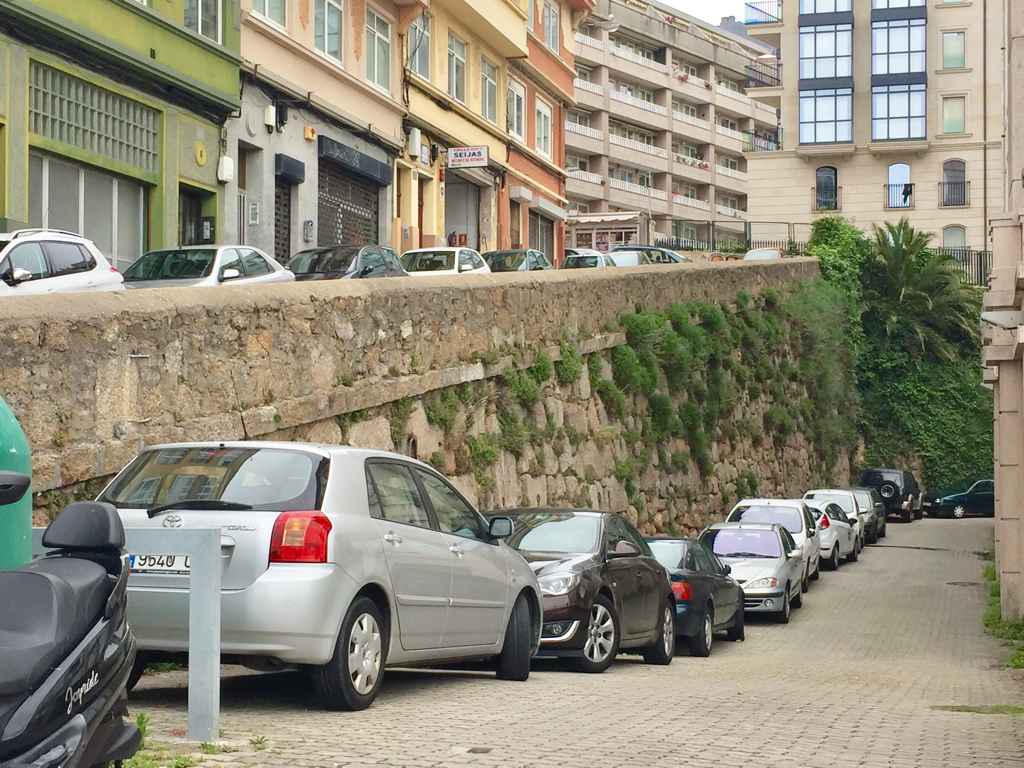
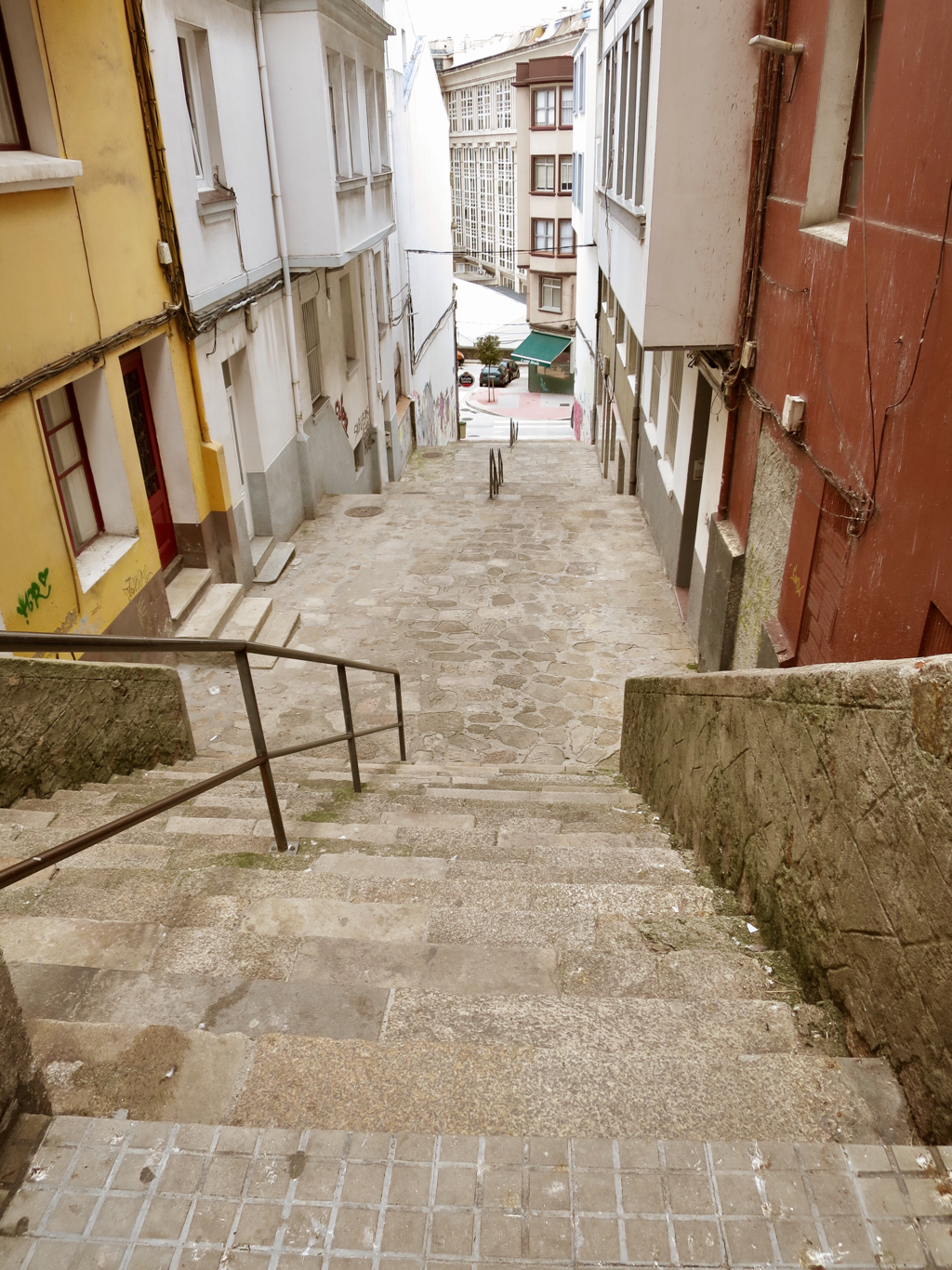
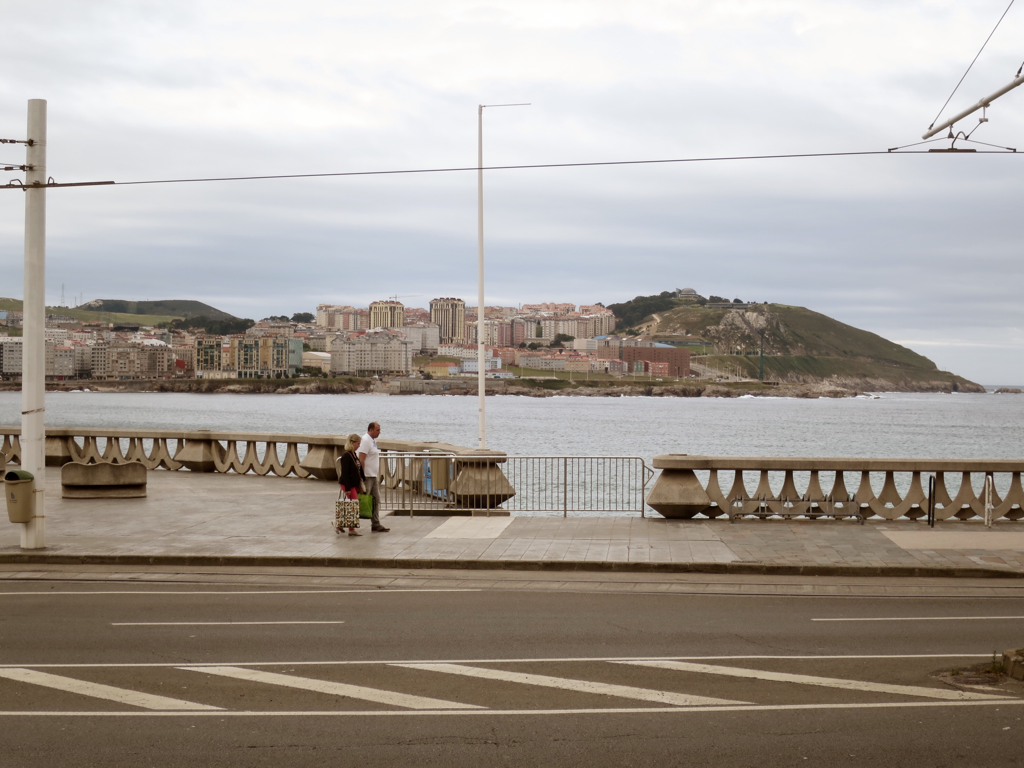
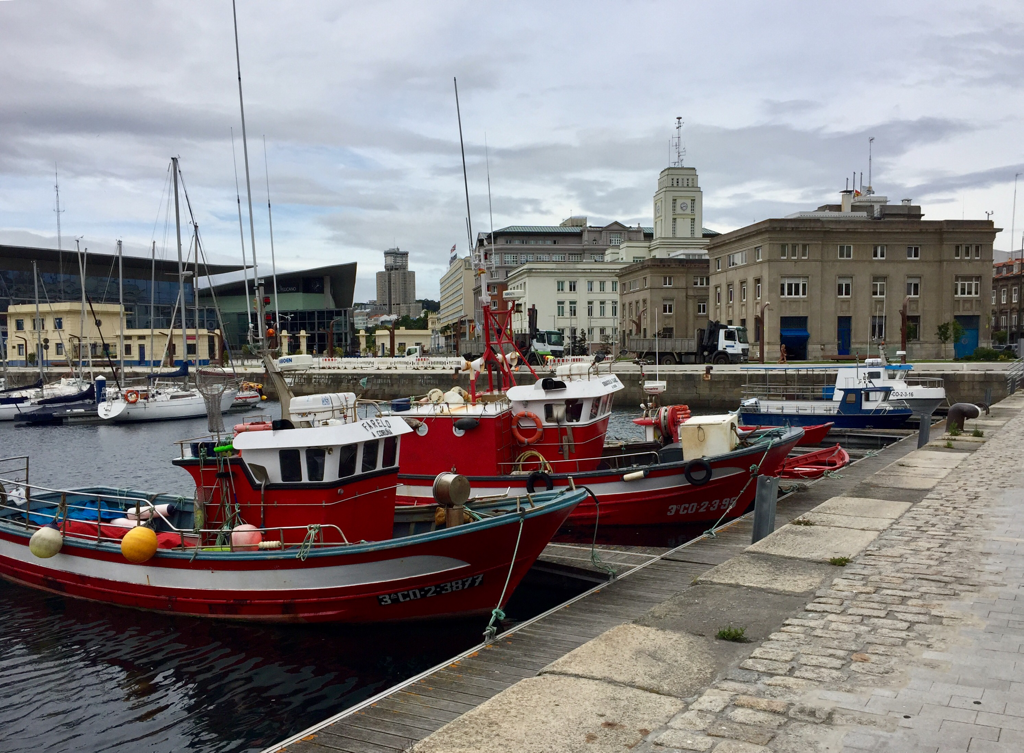
 RSS Feed
RSS Feed